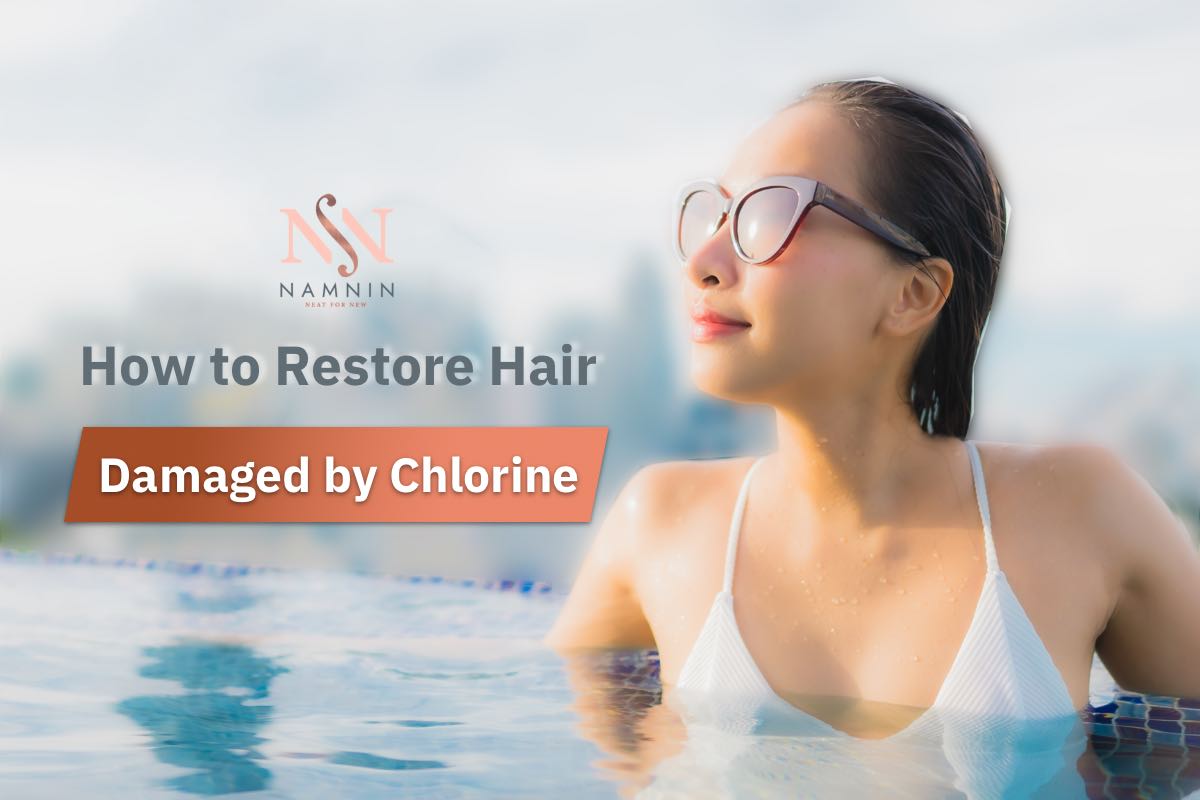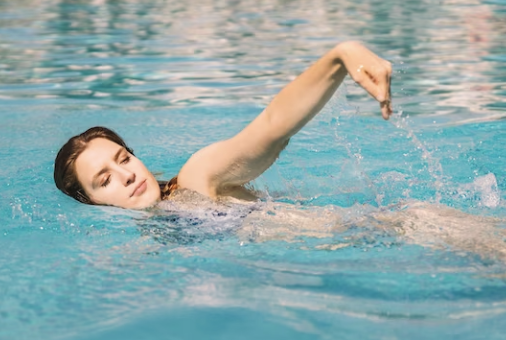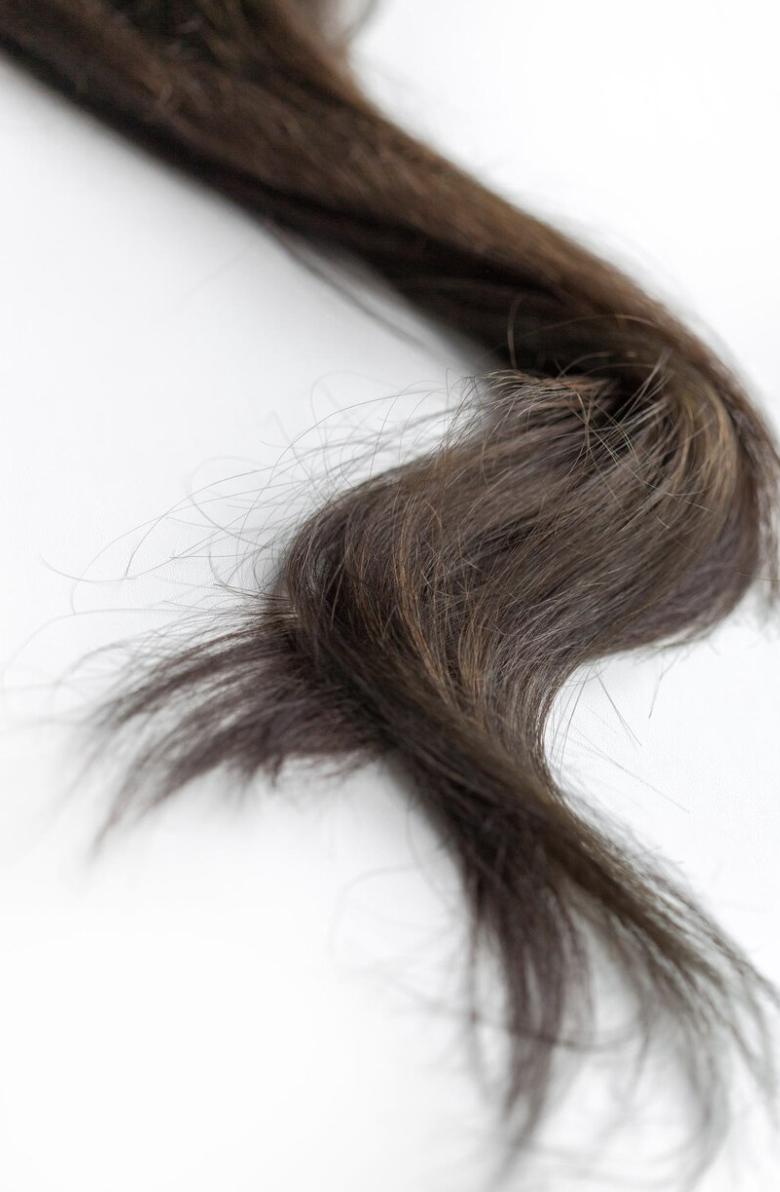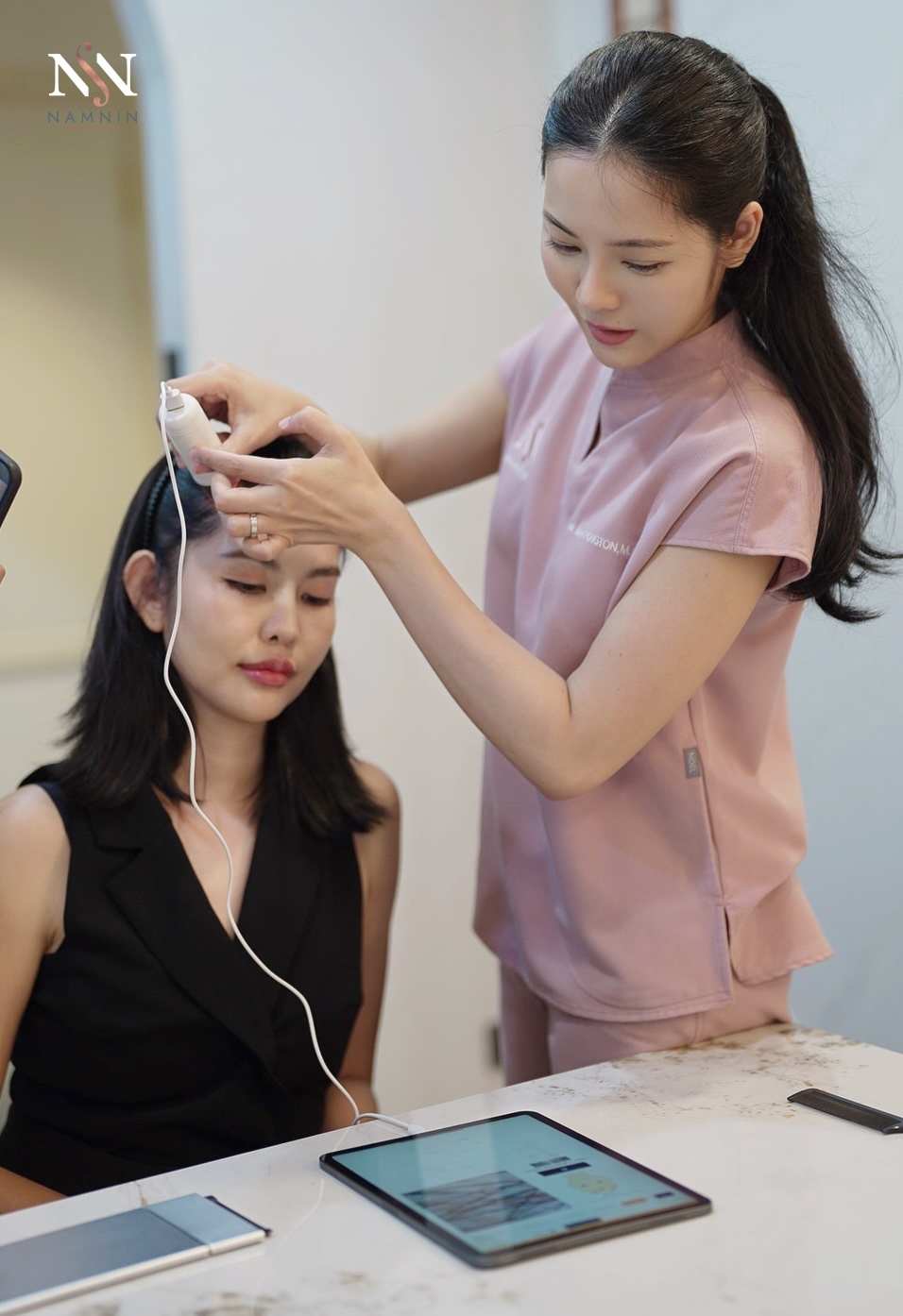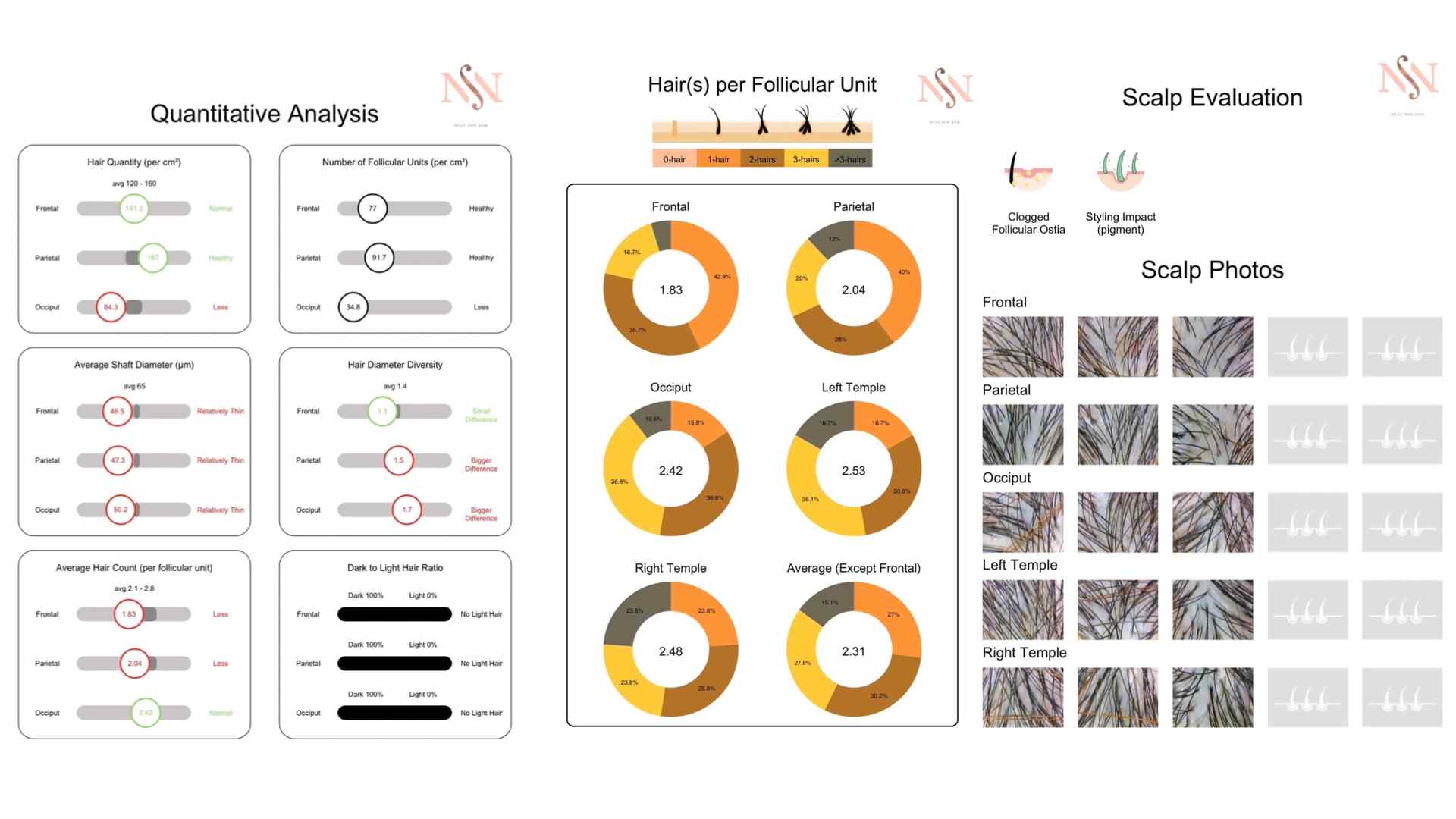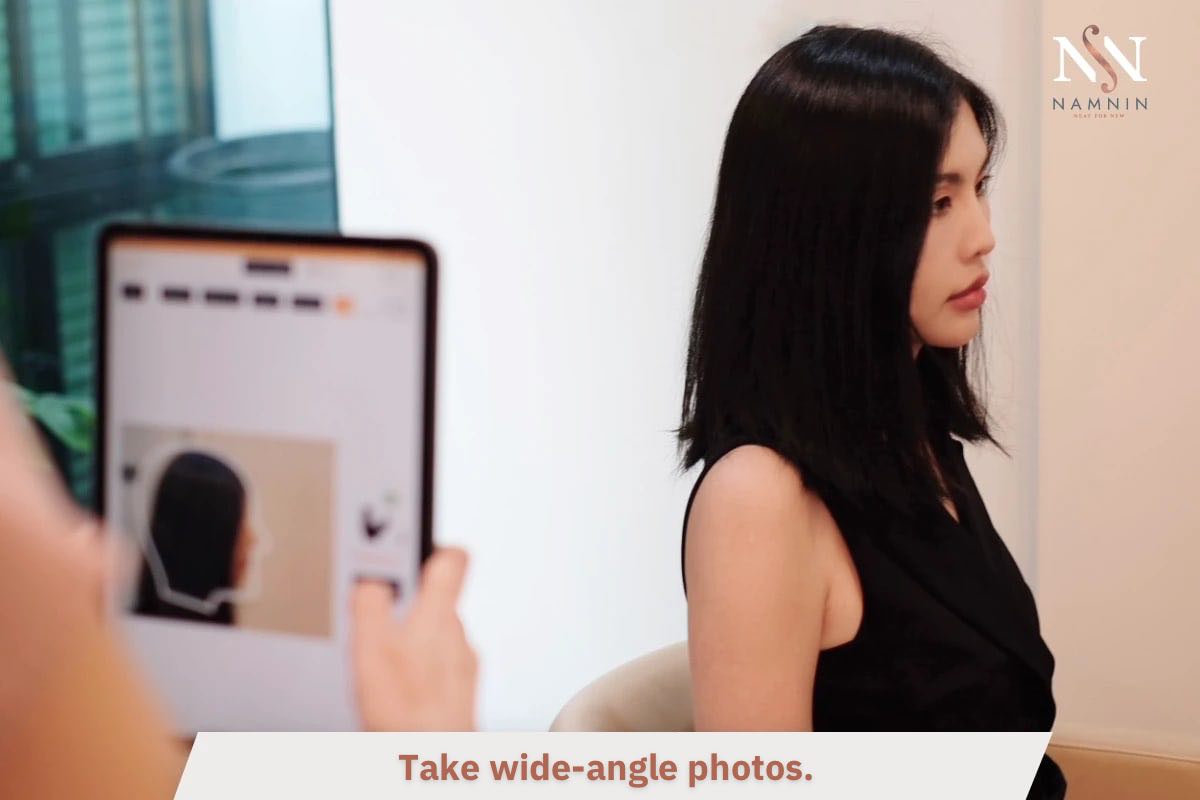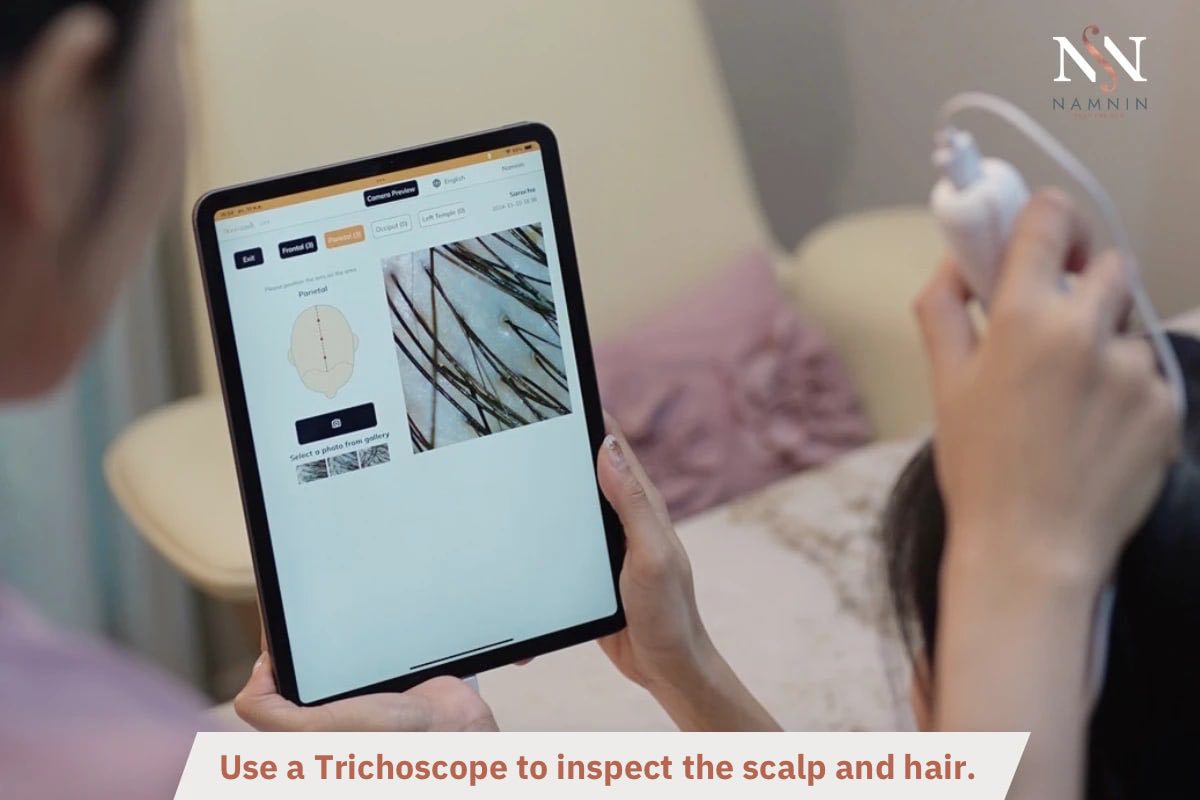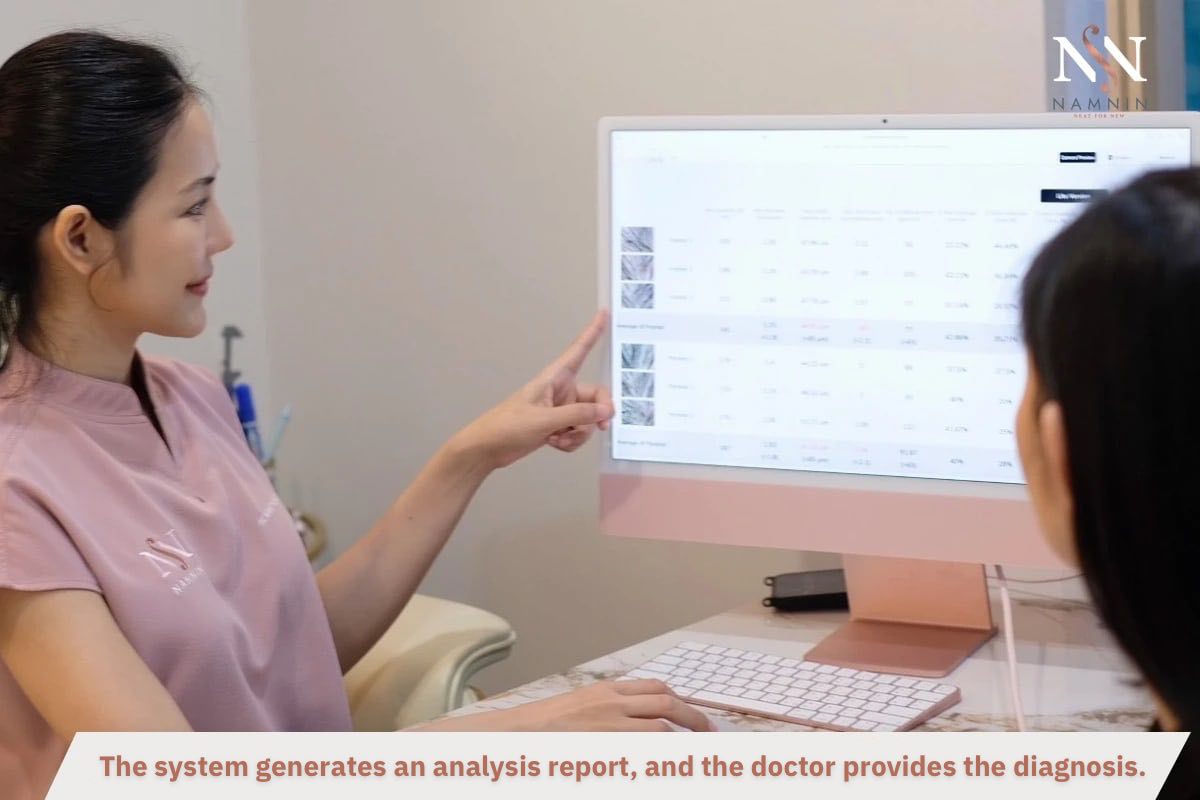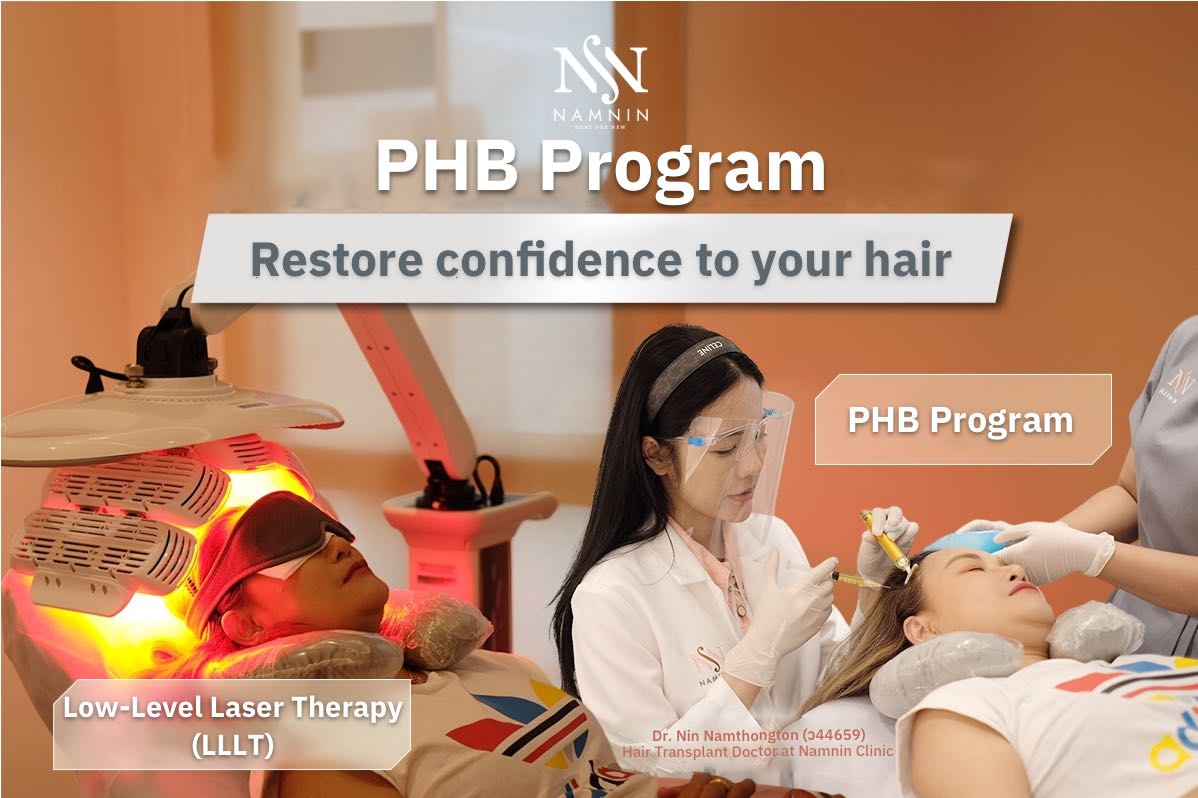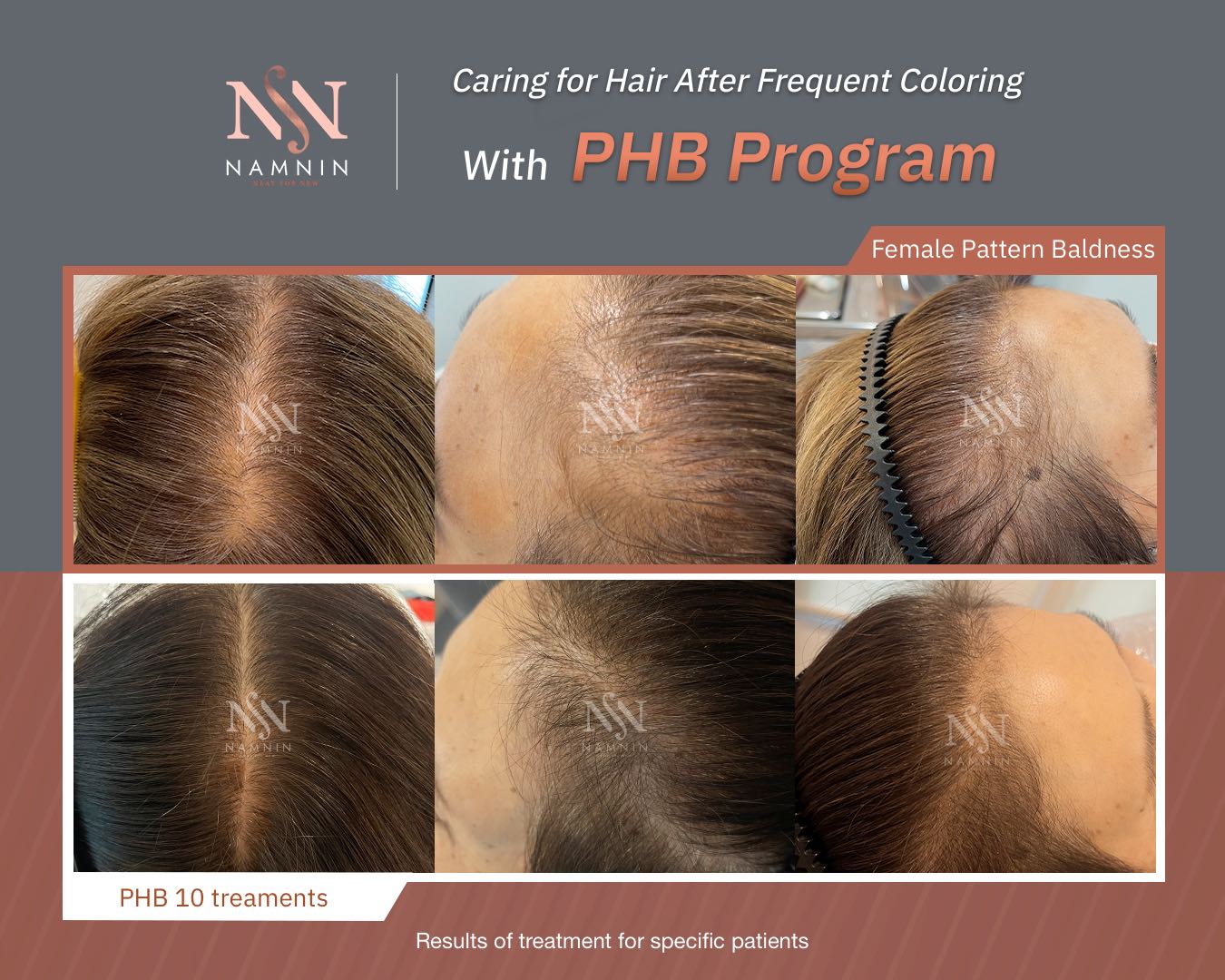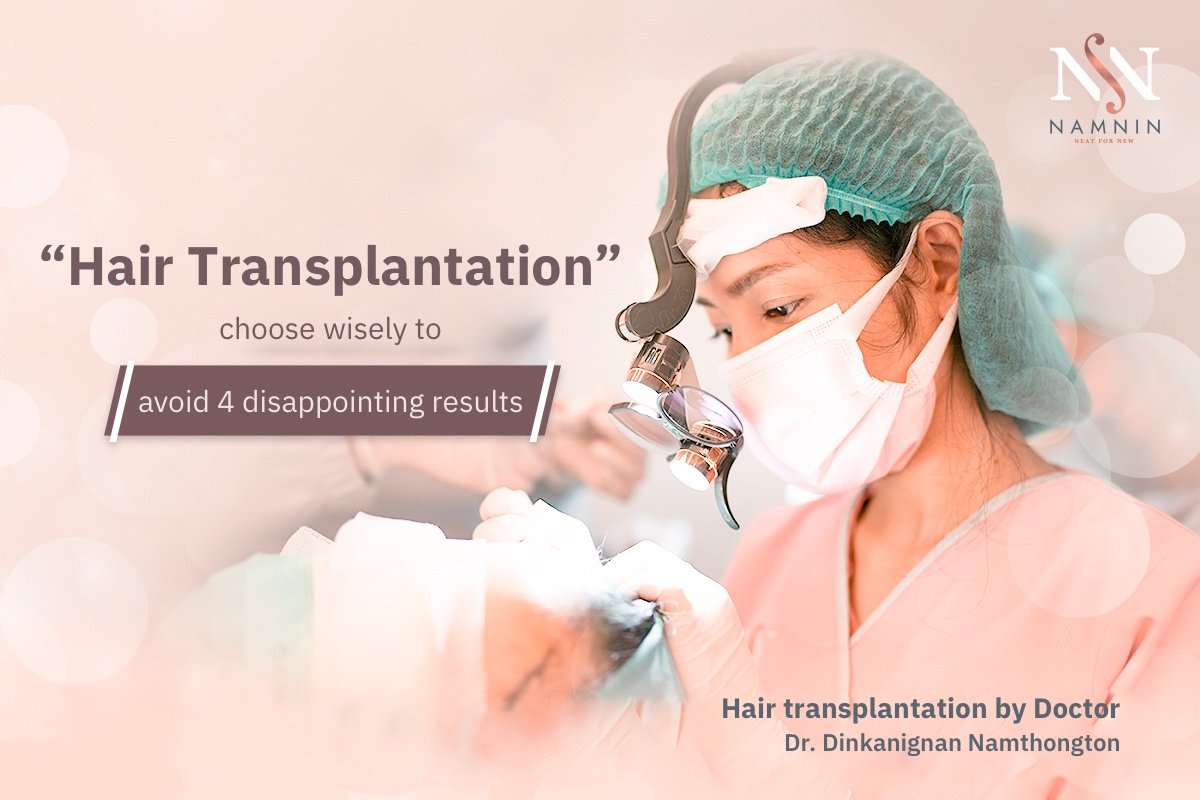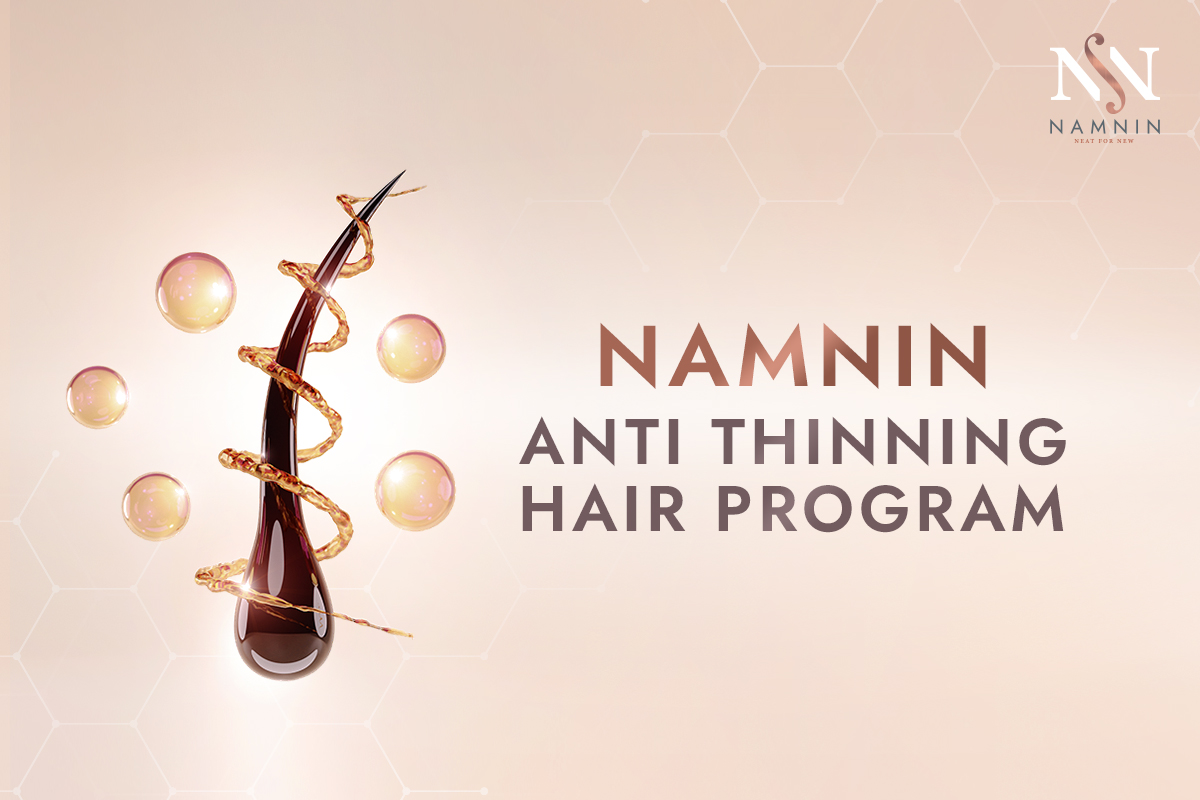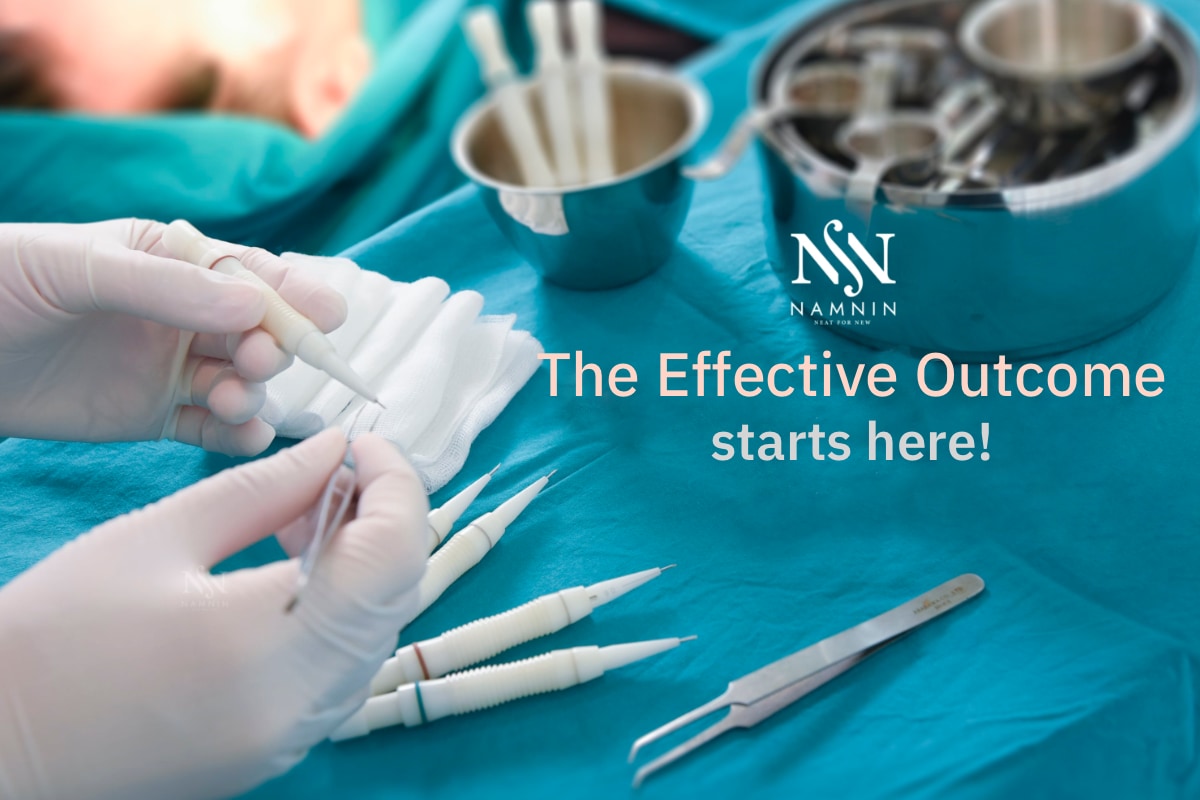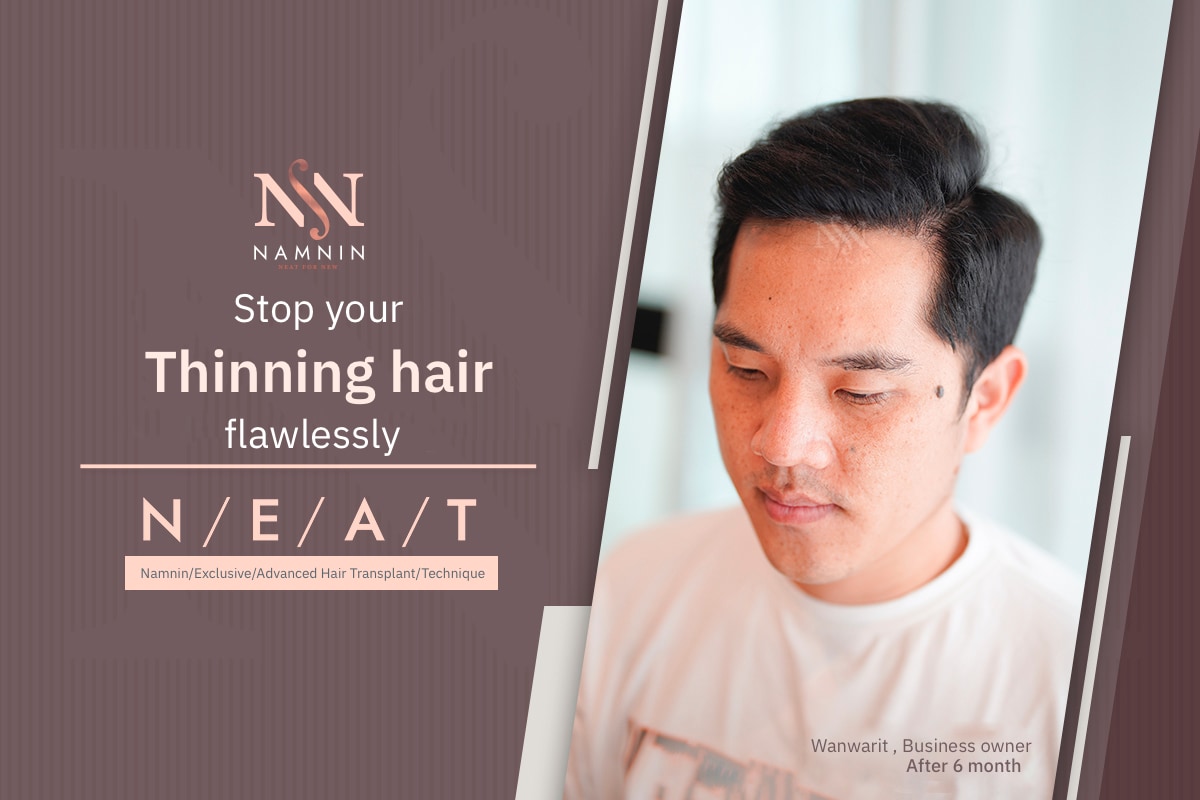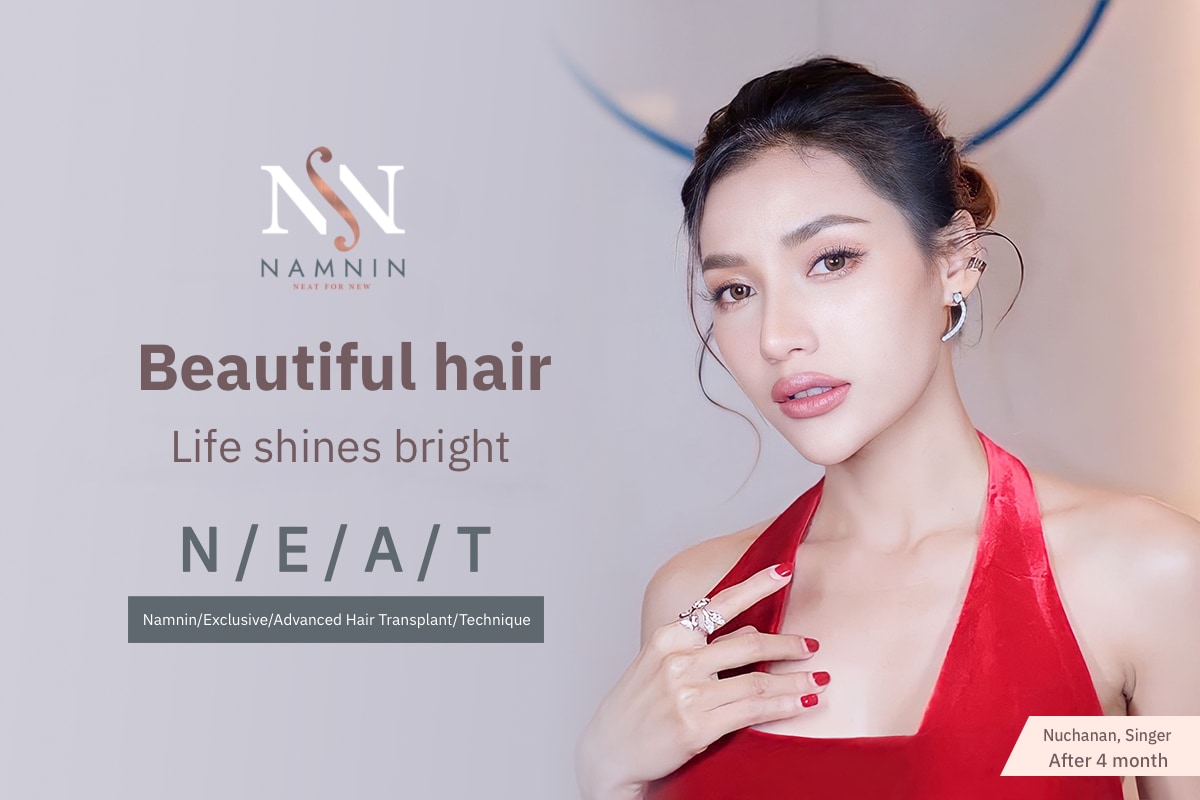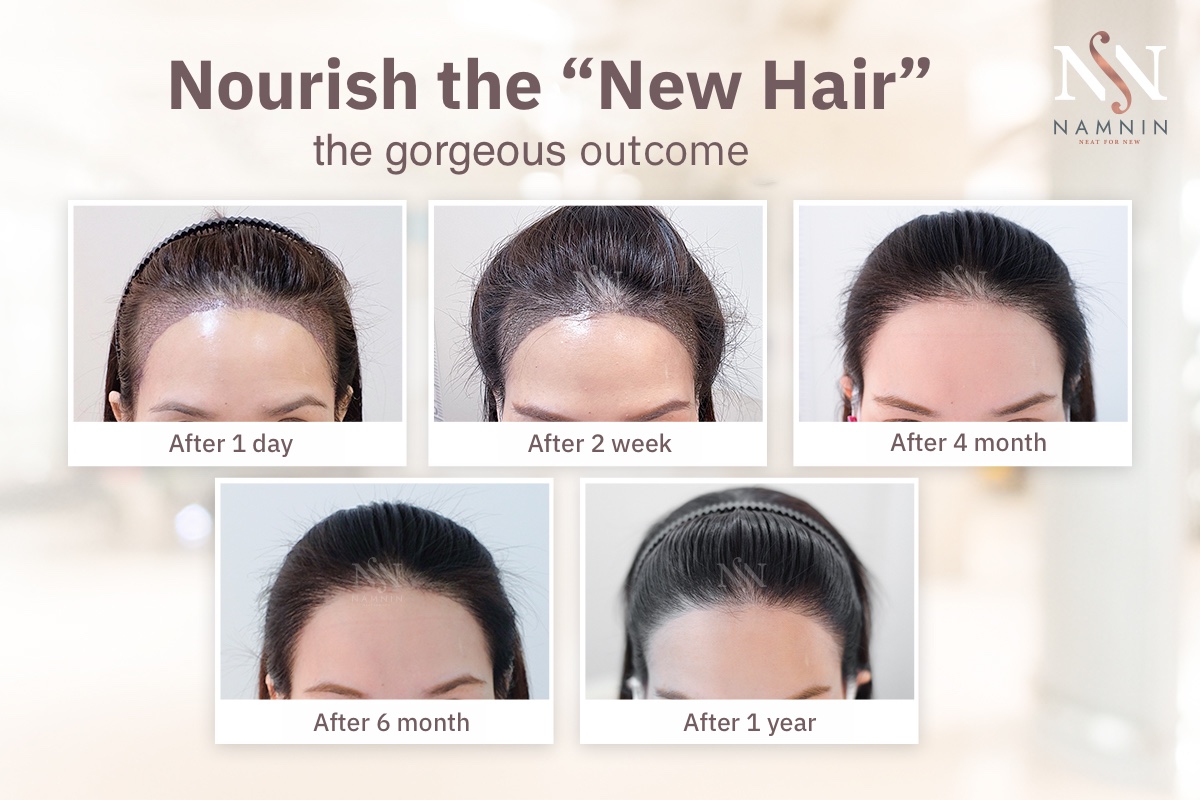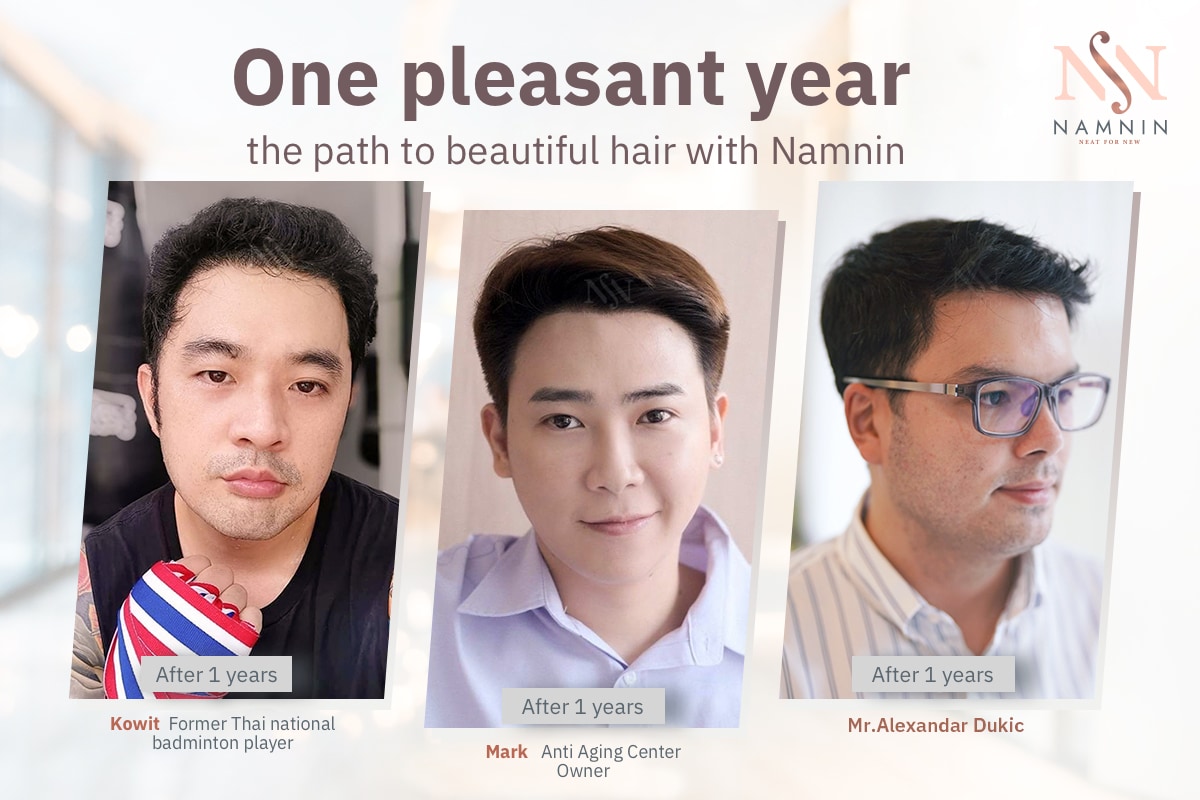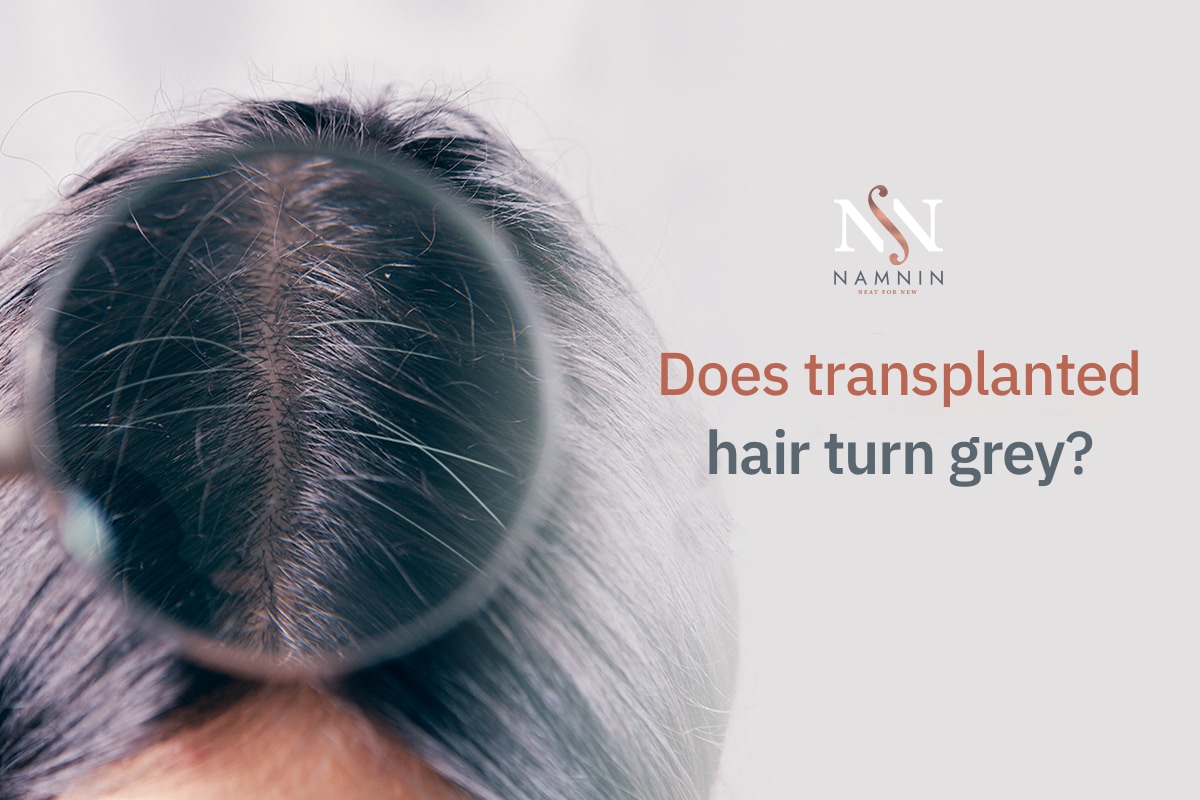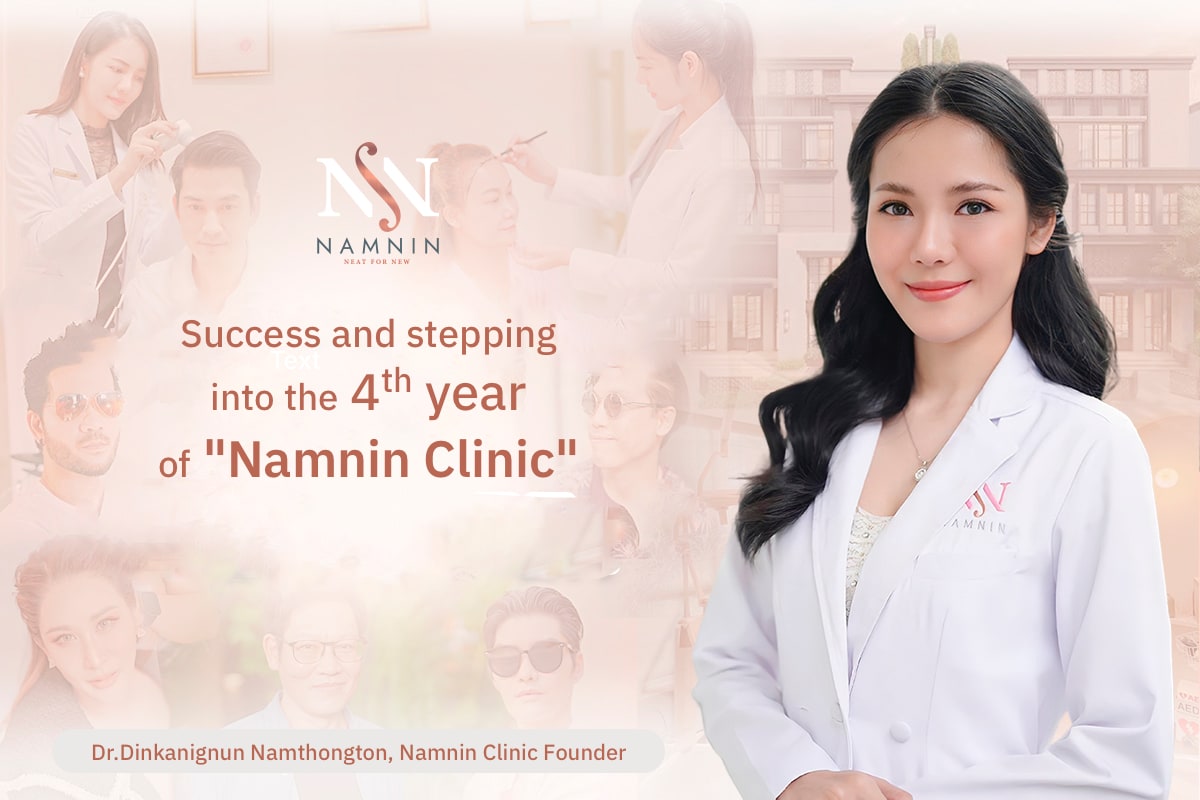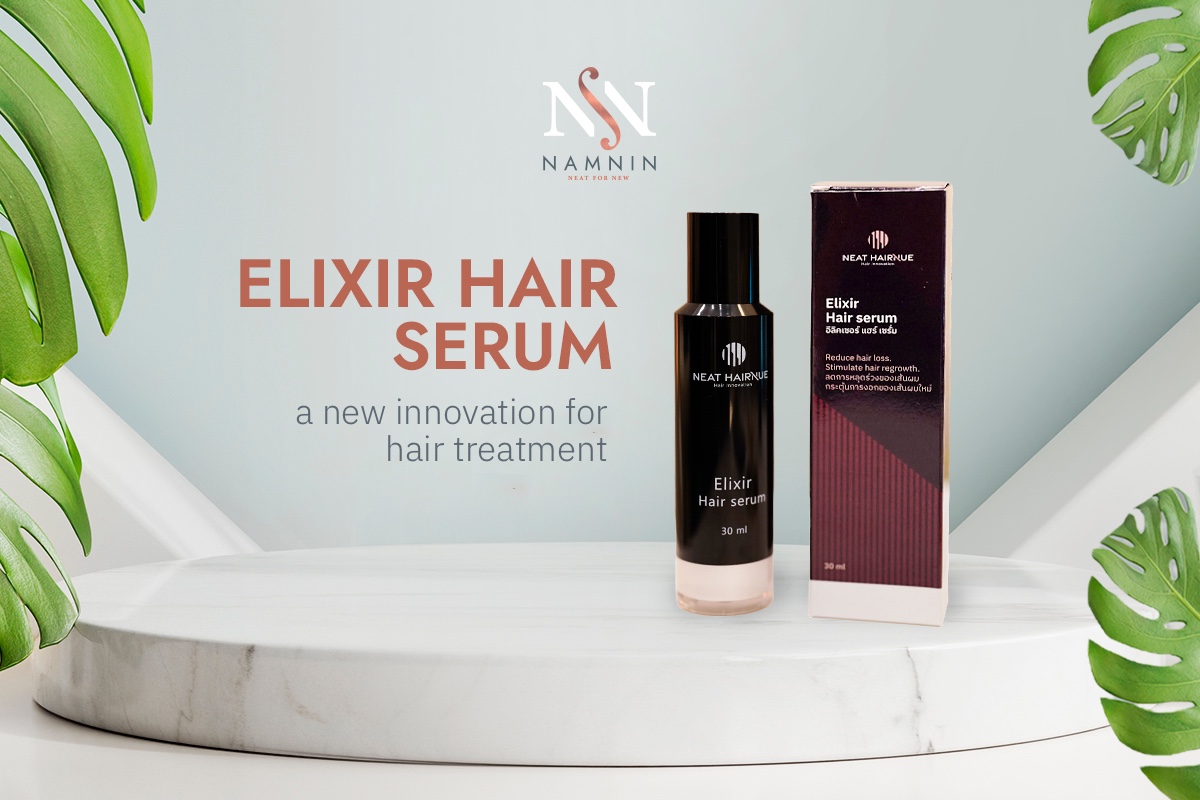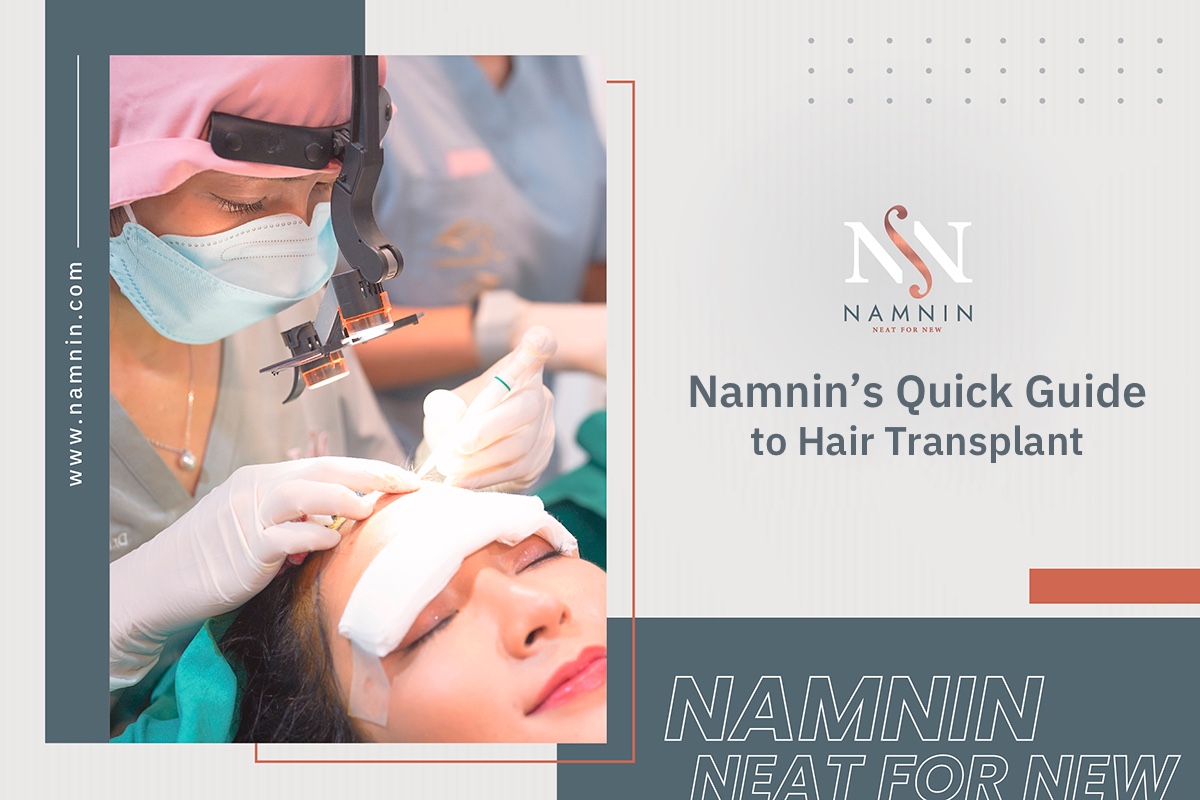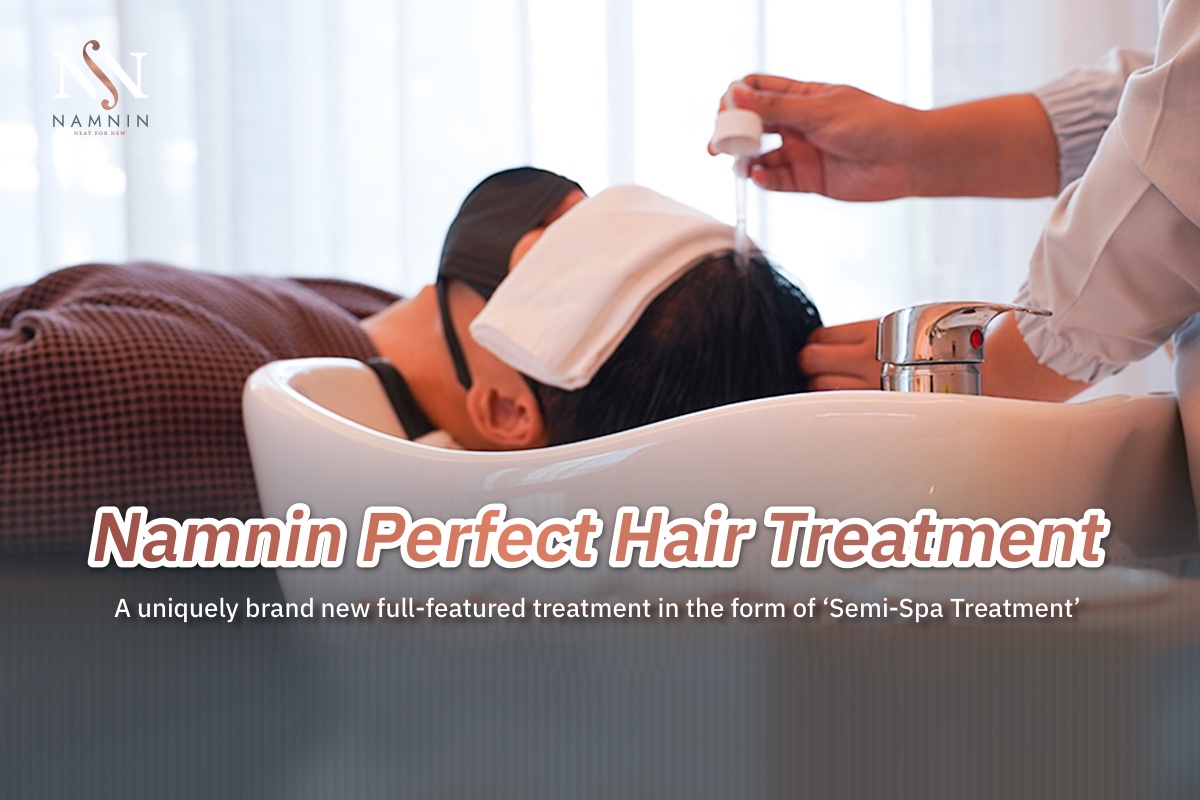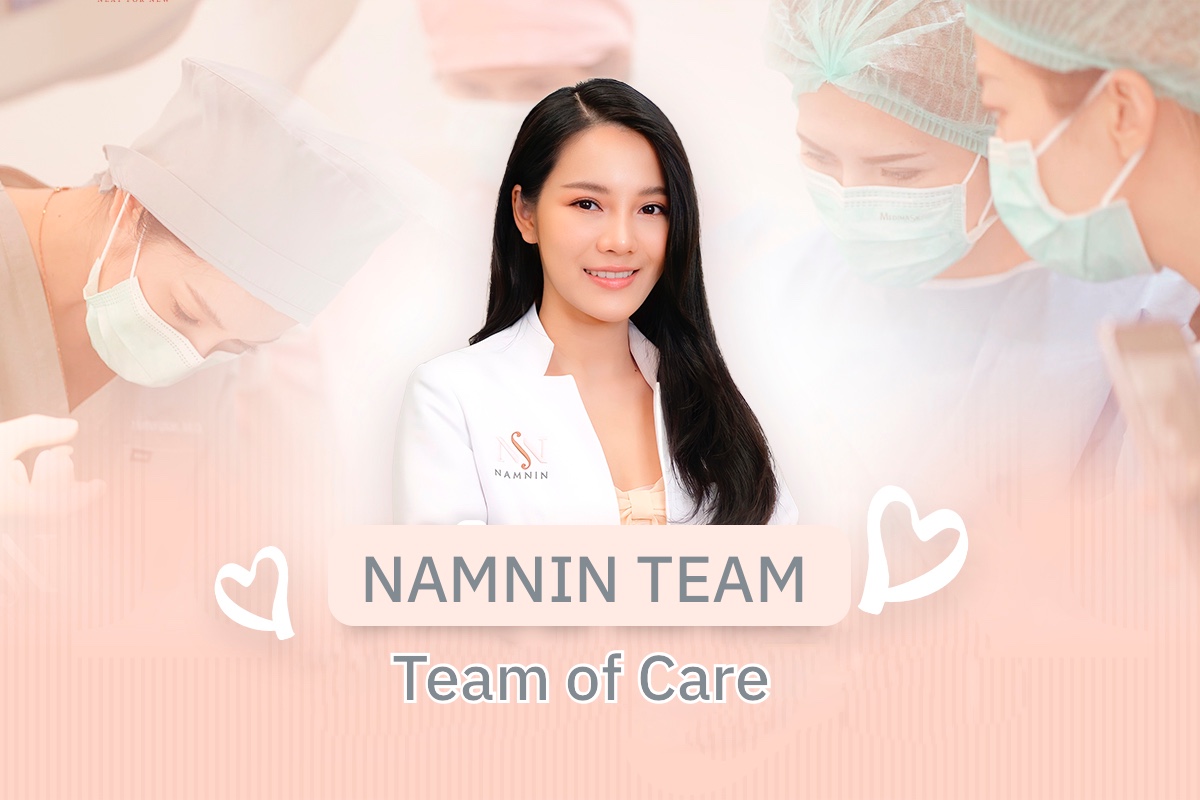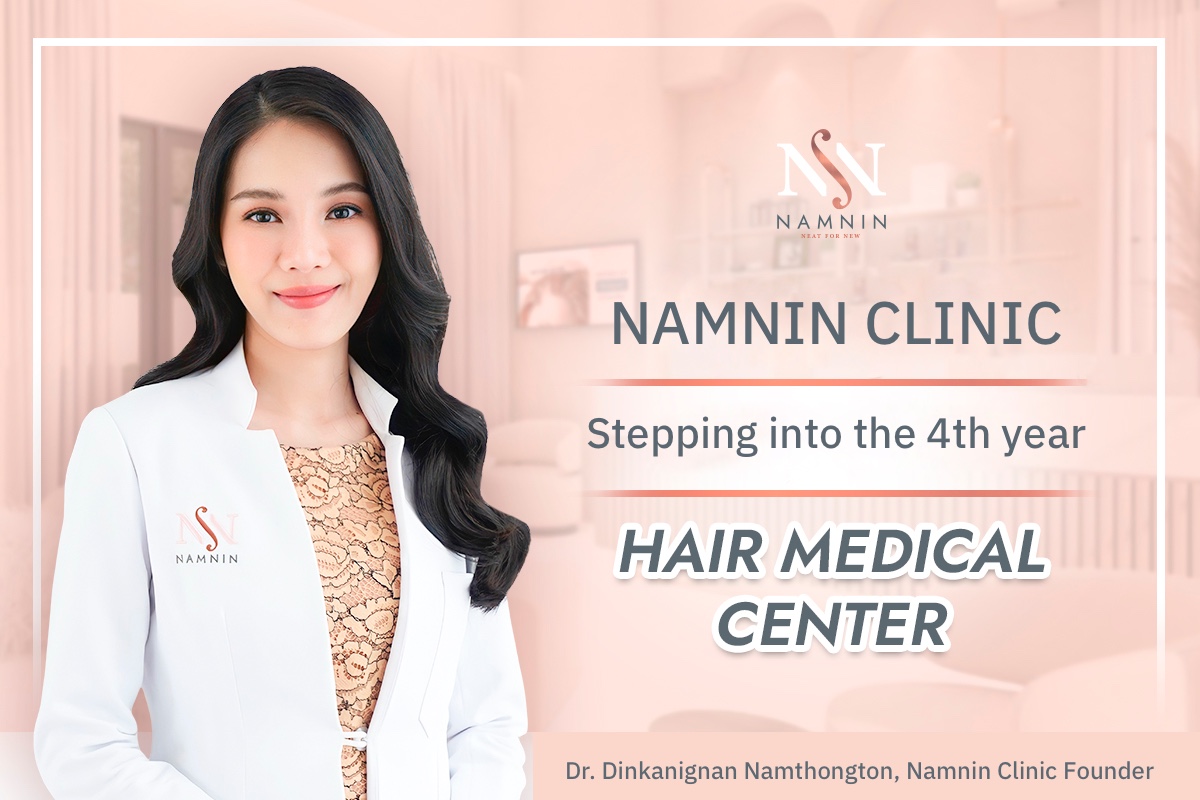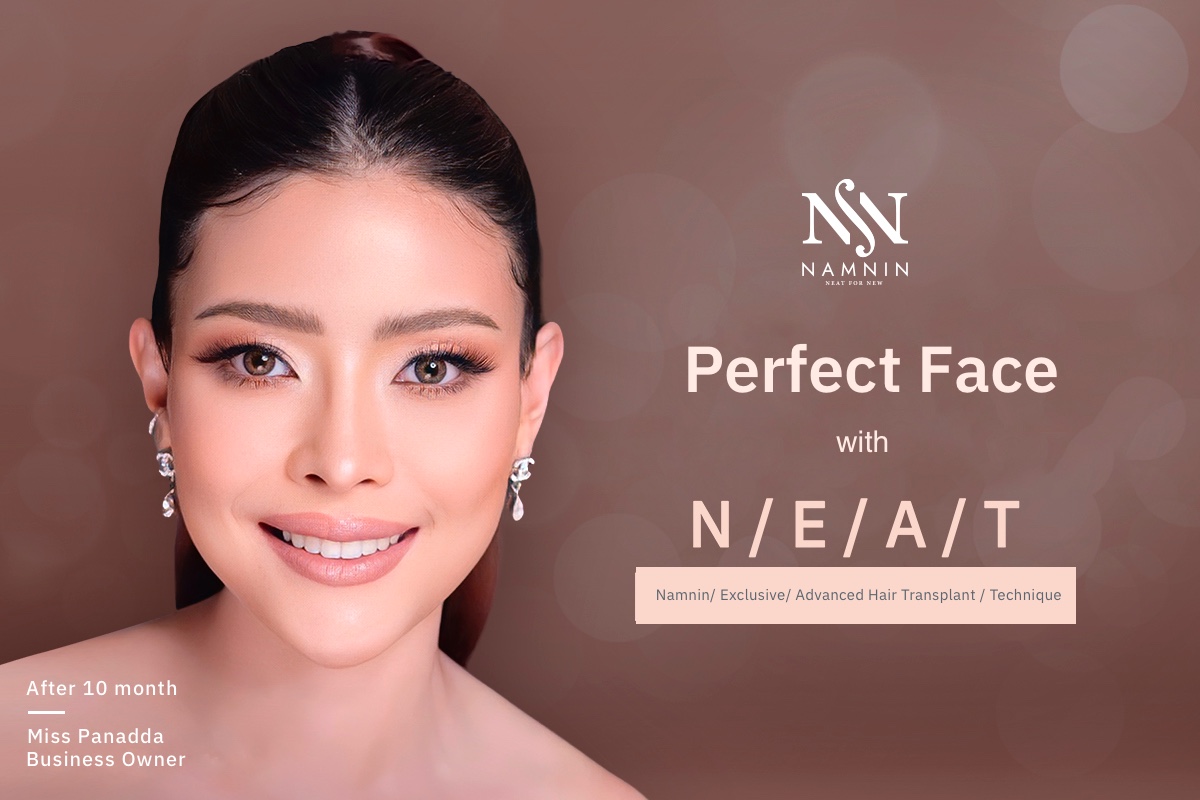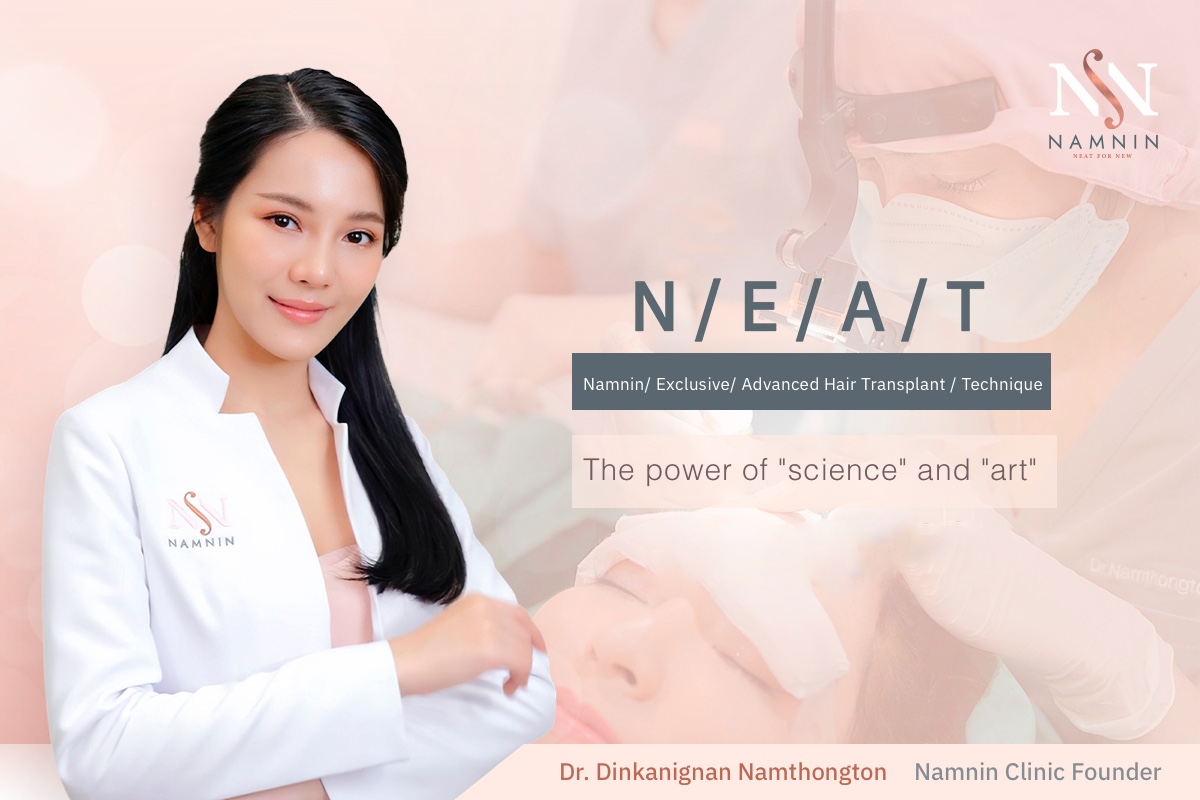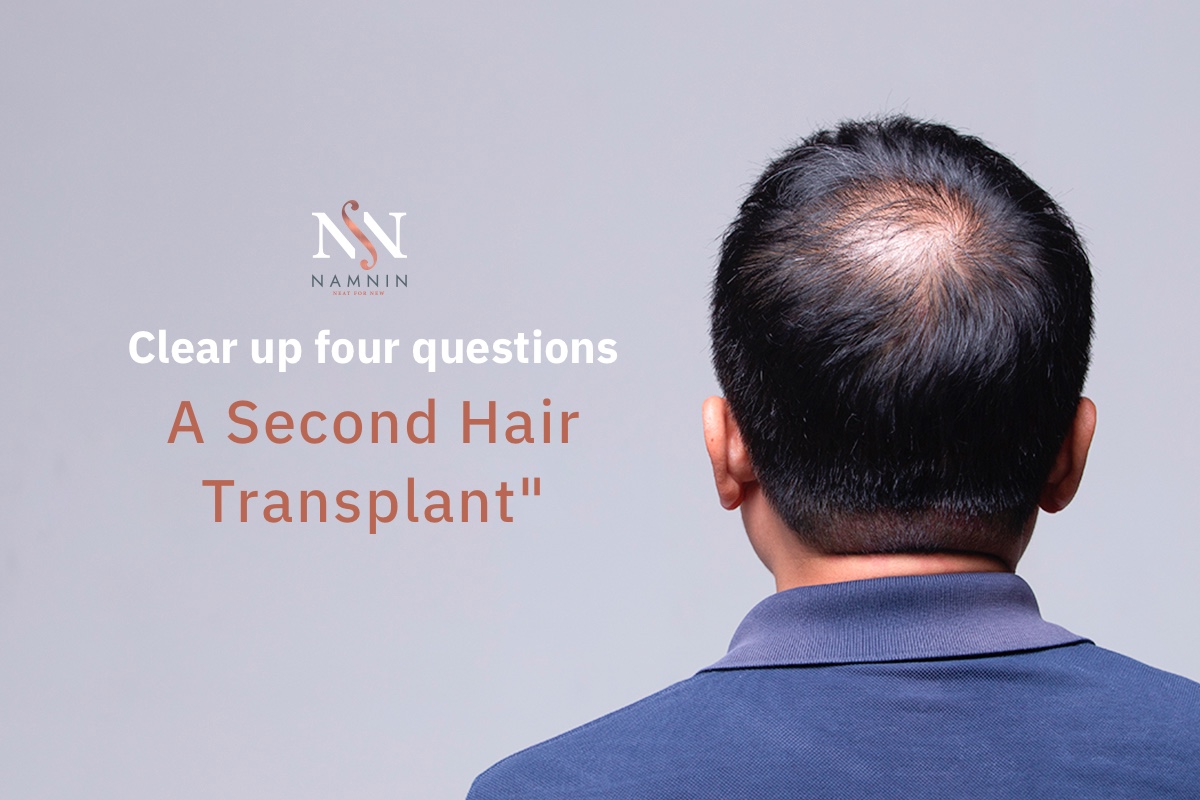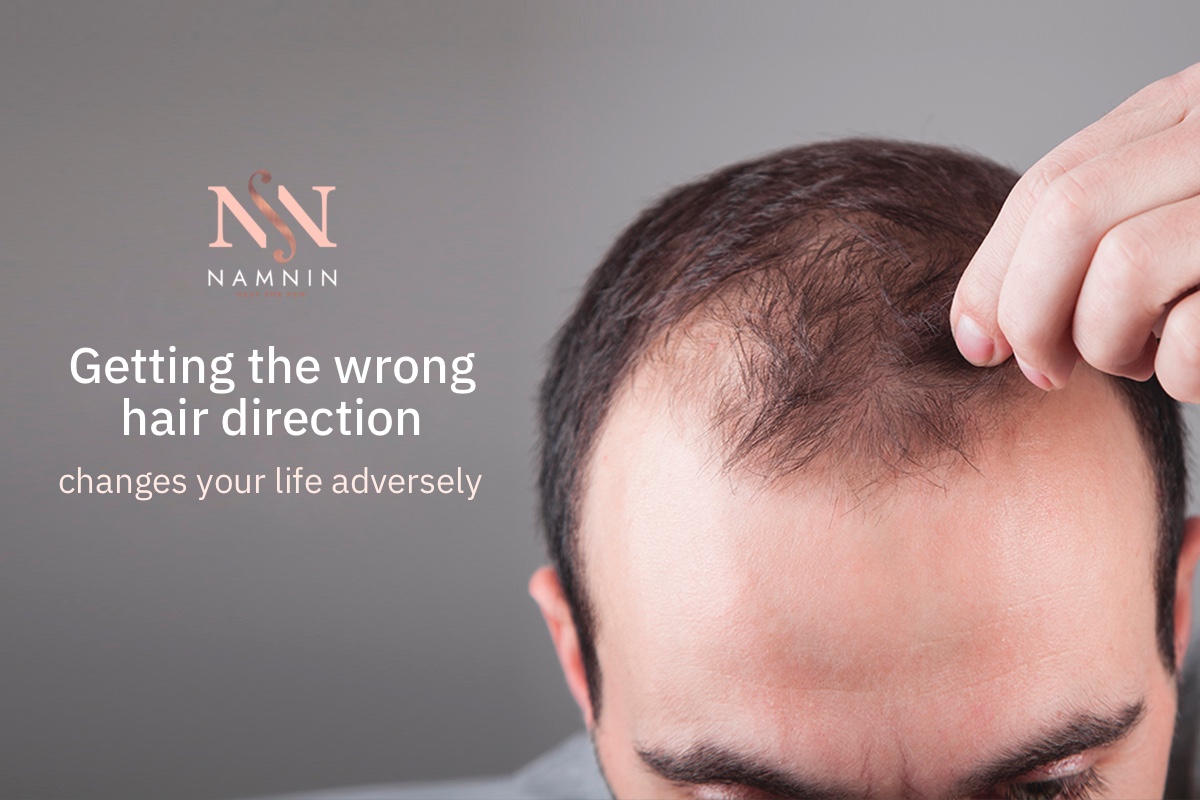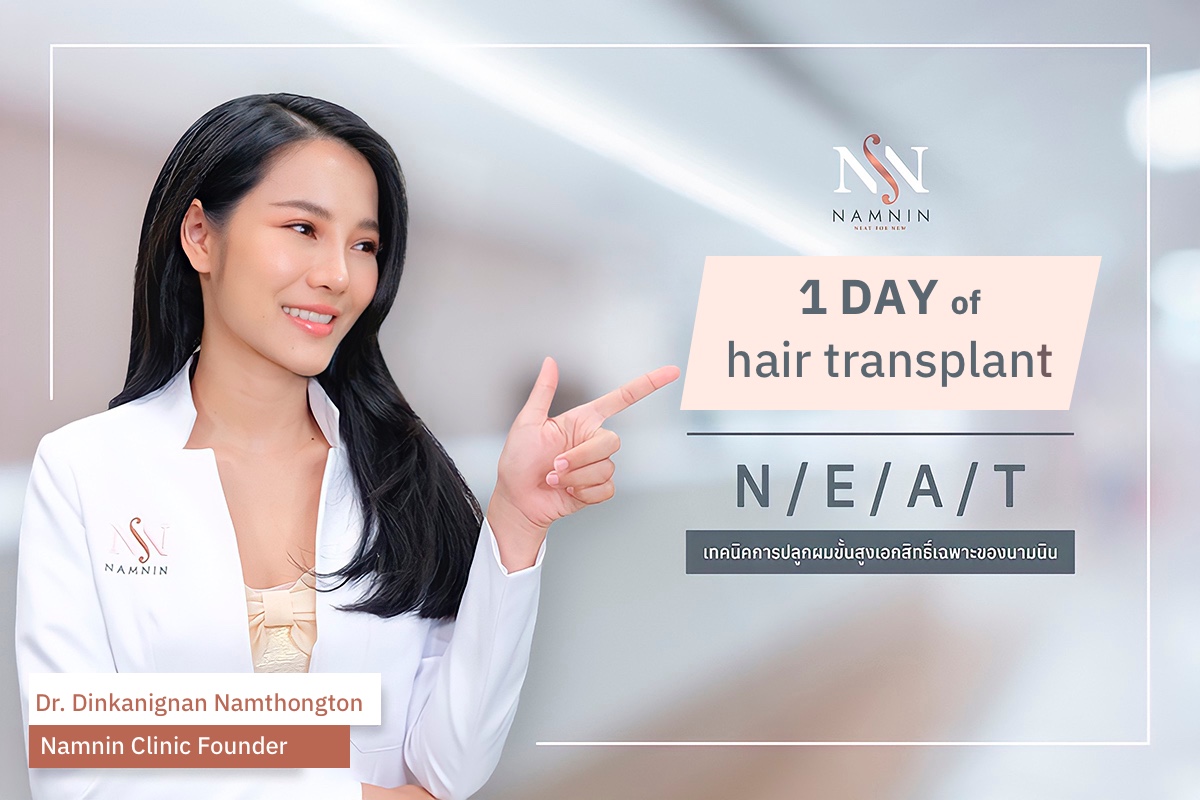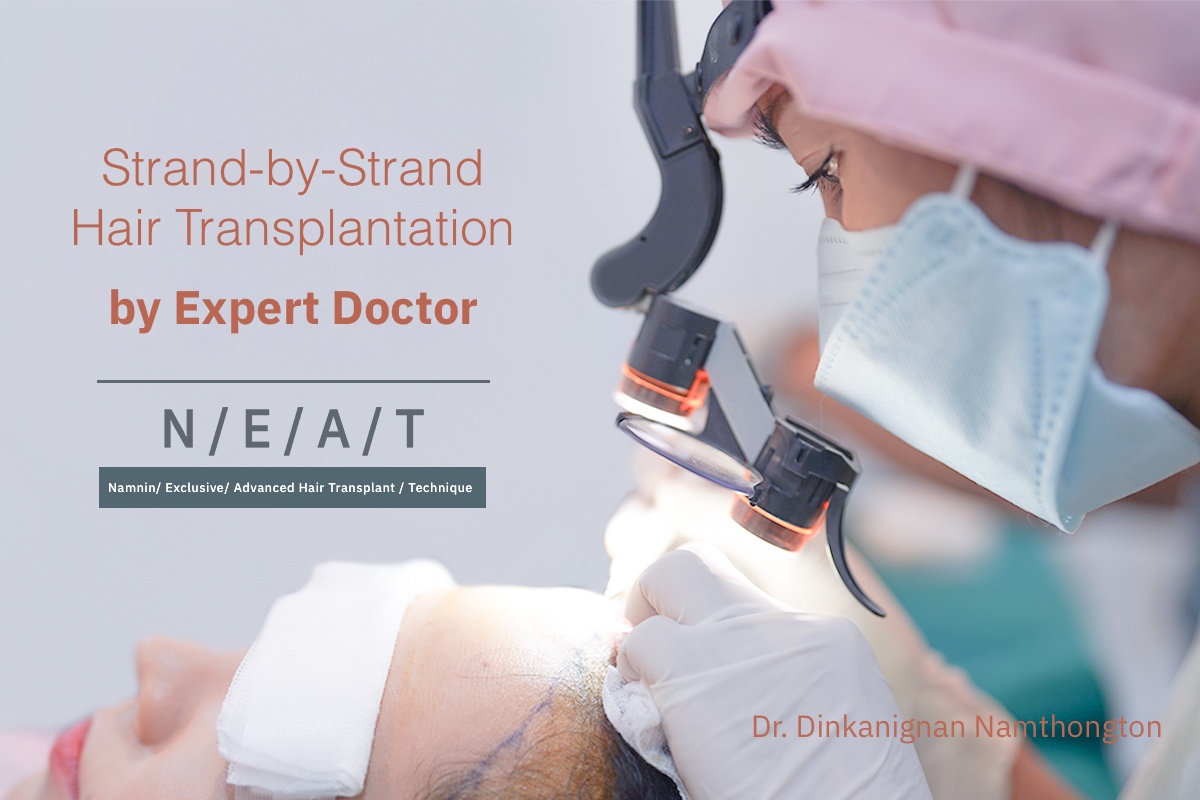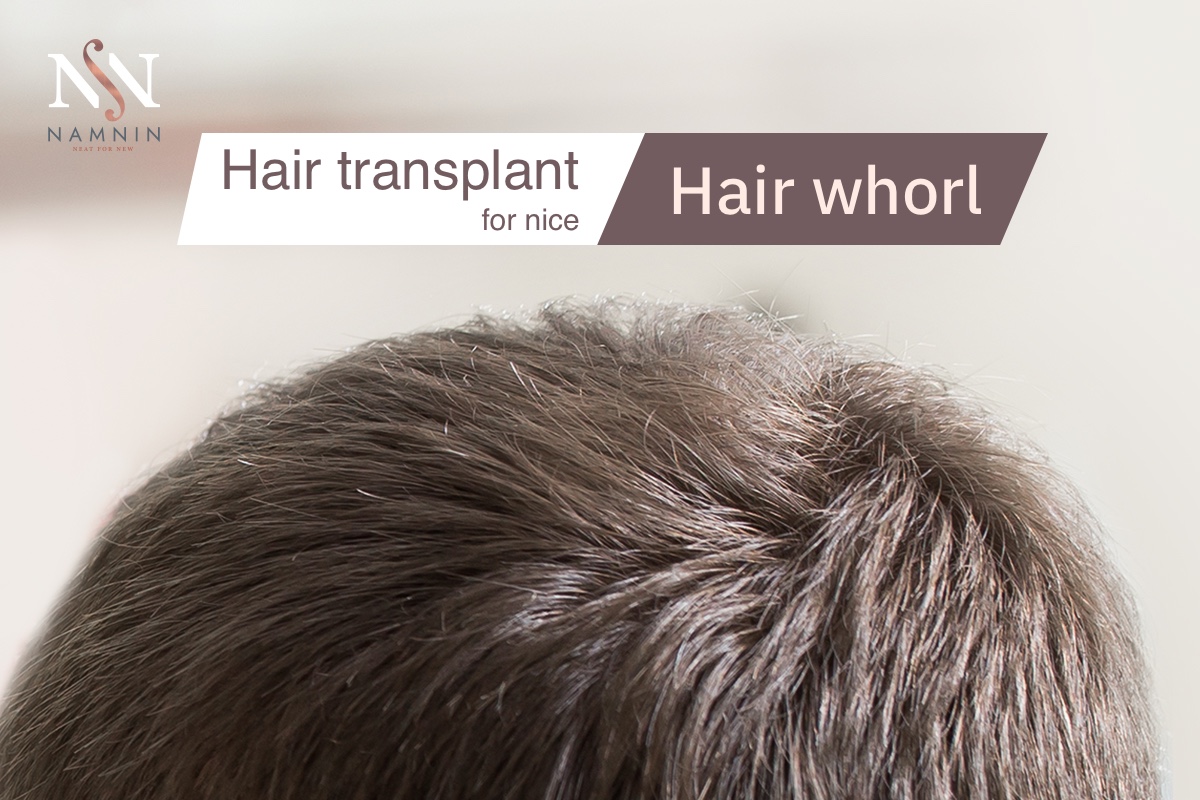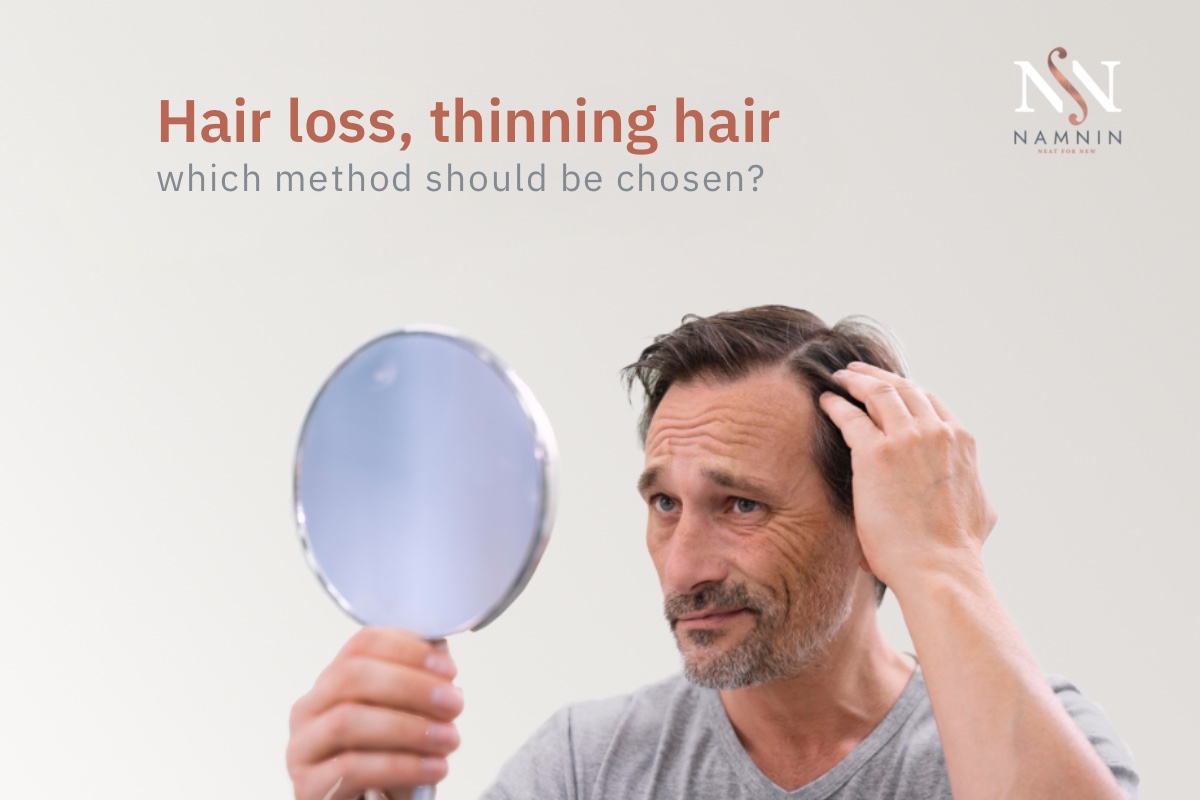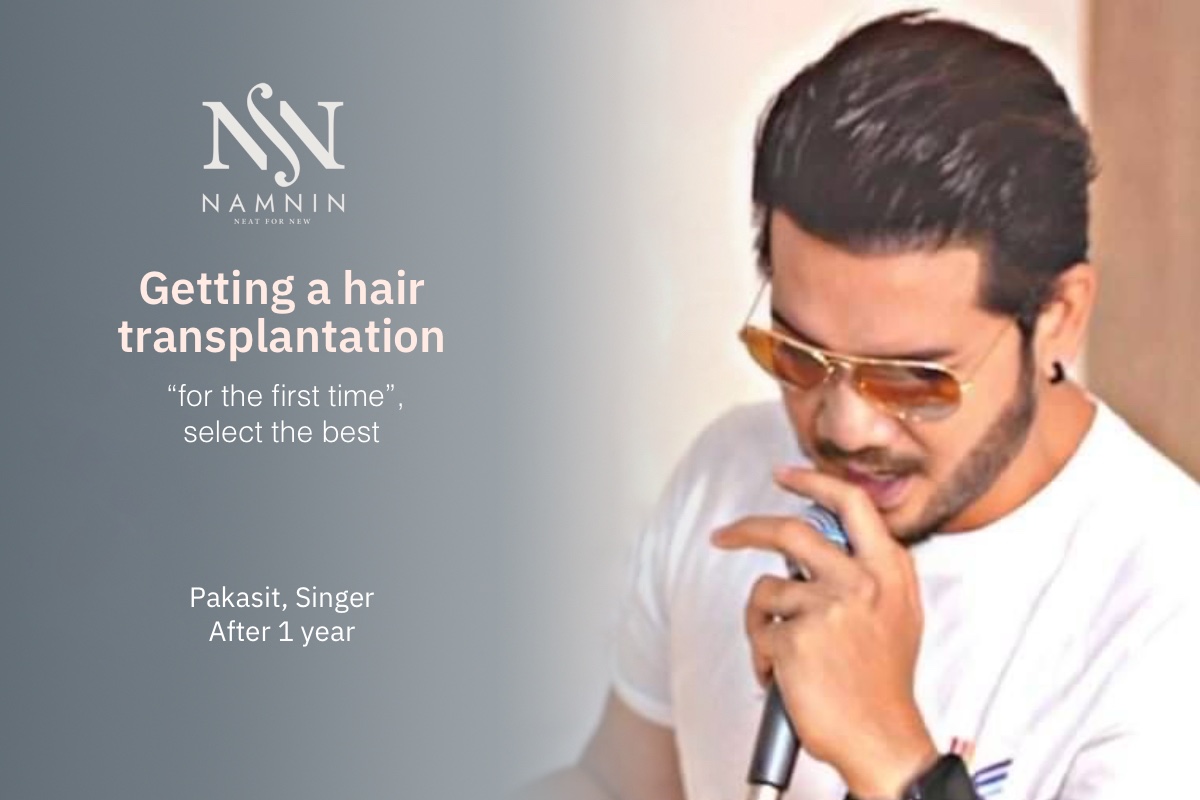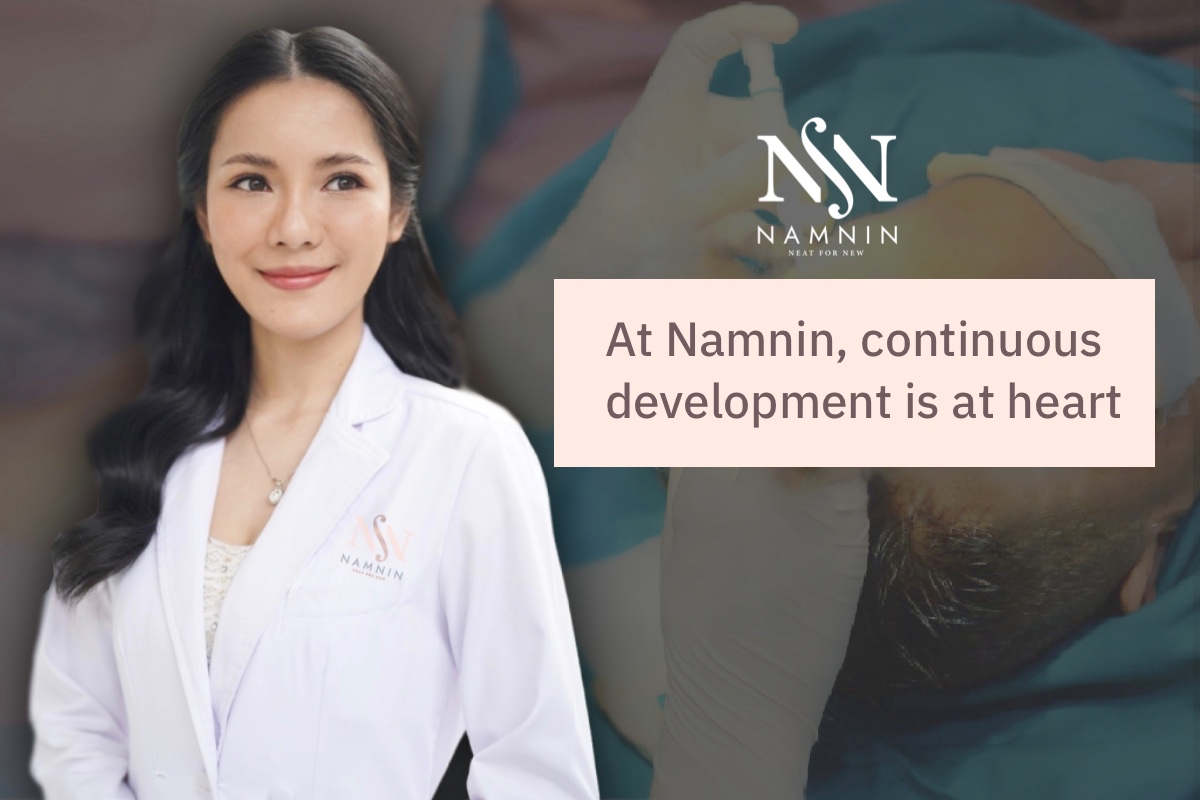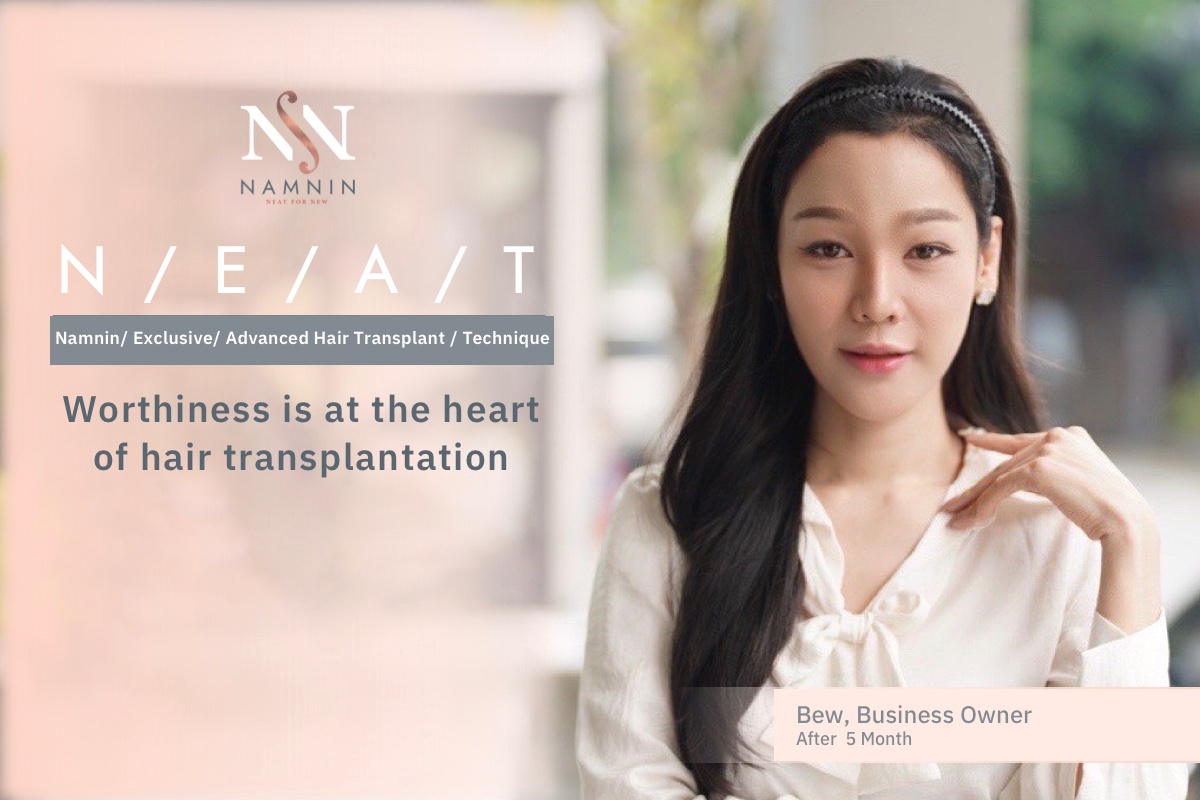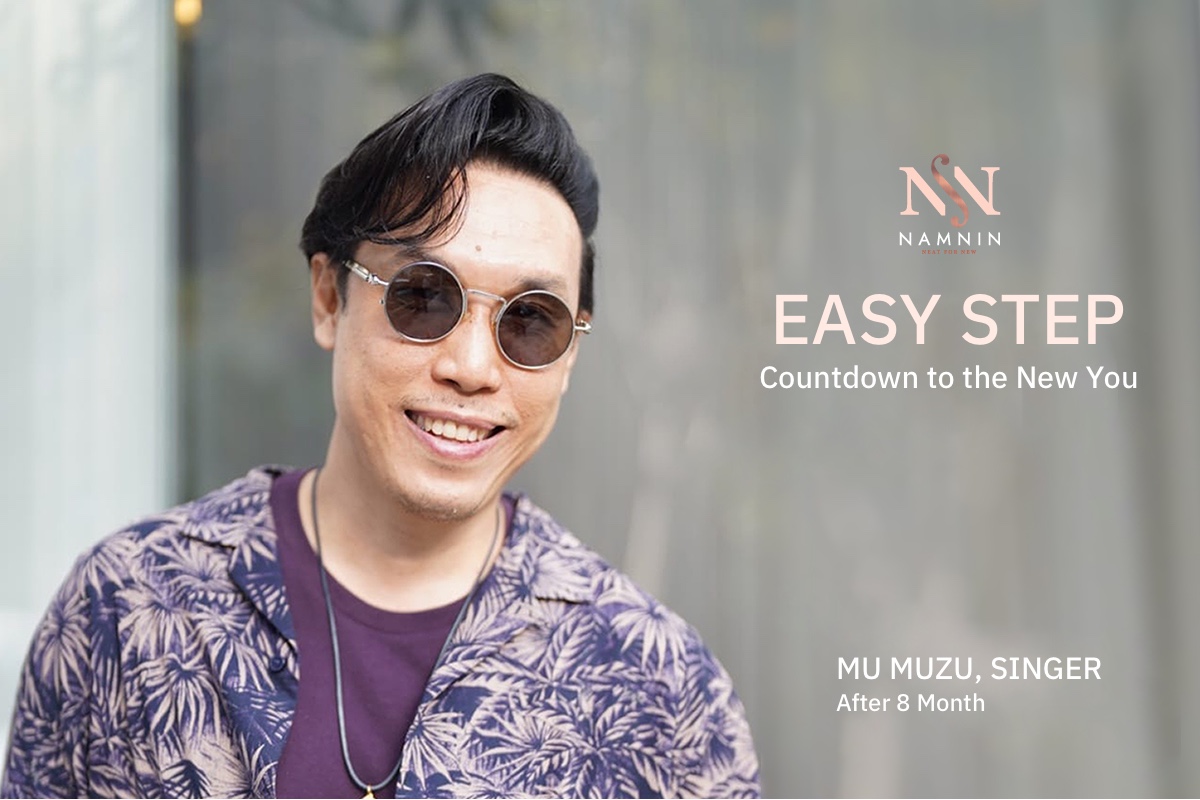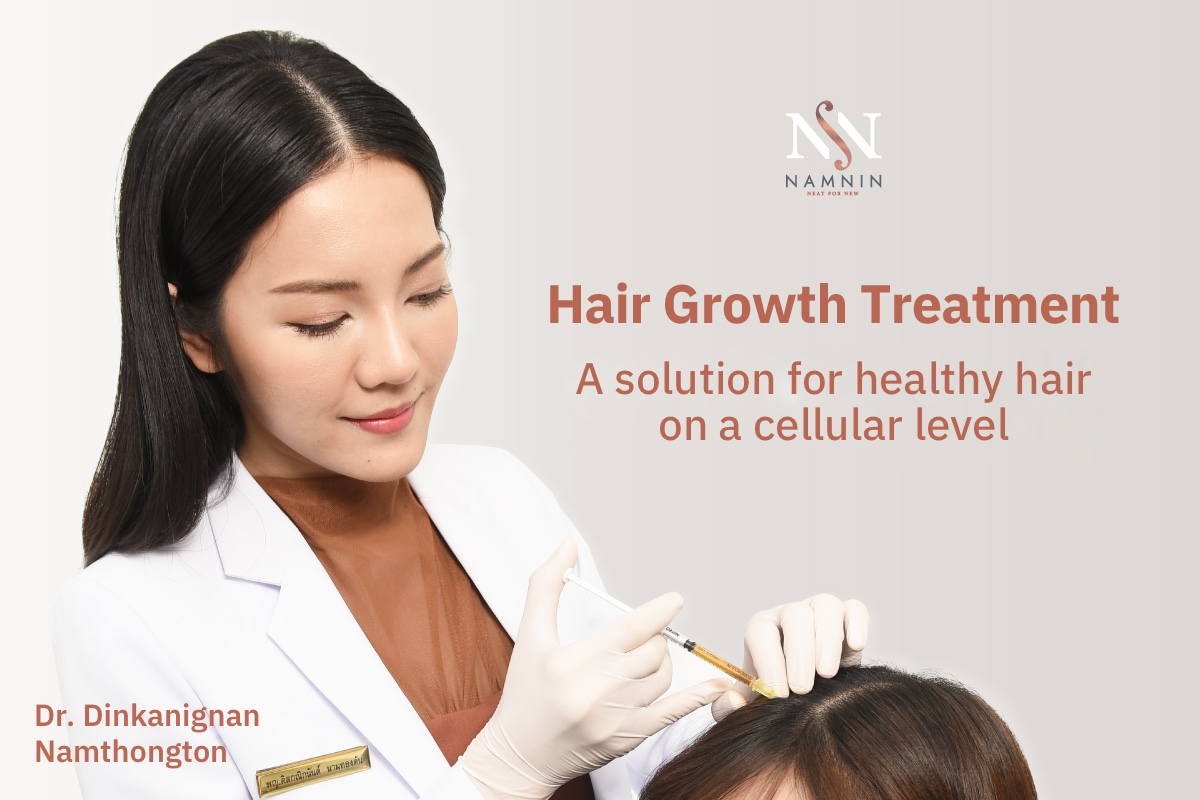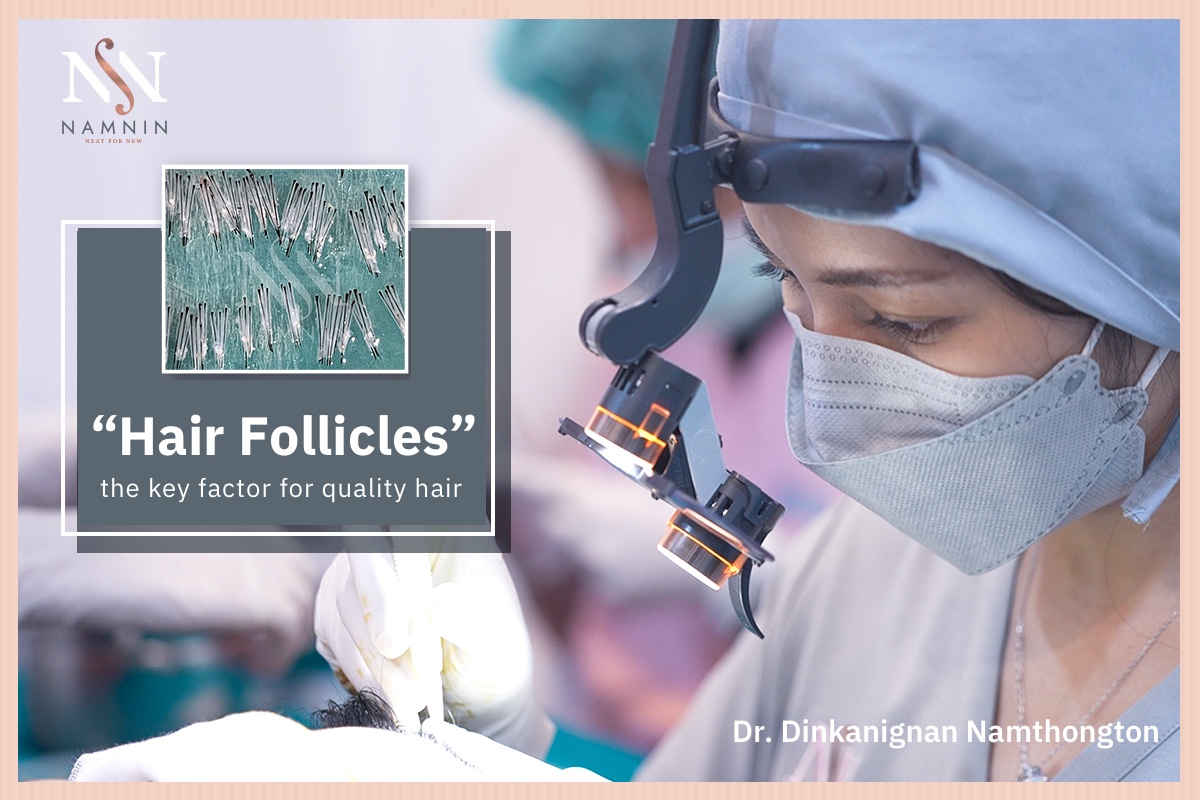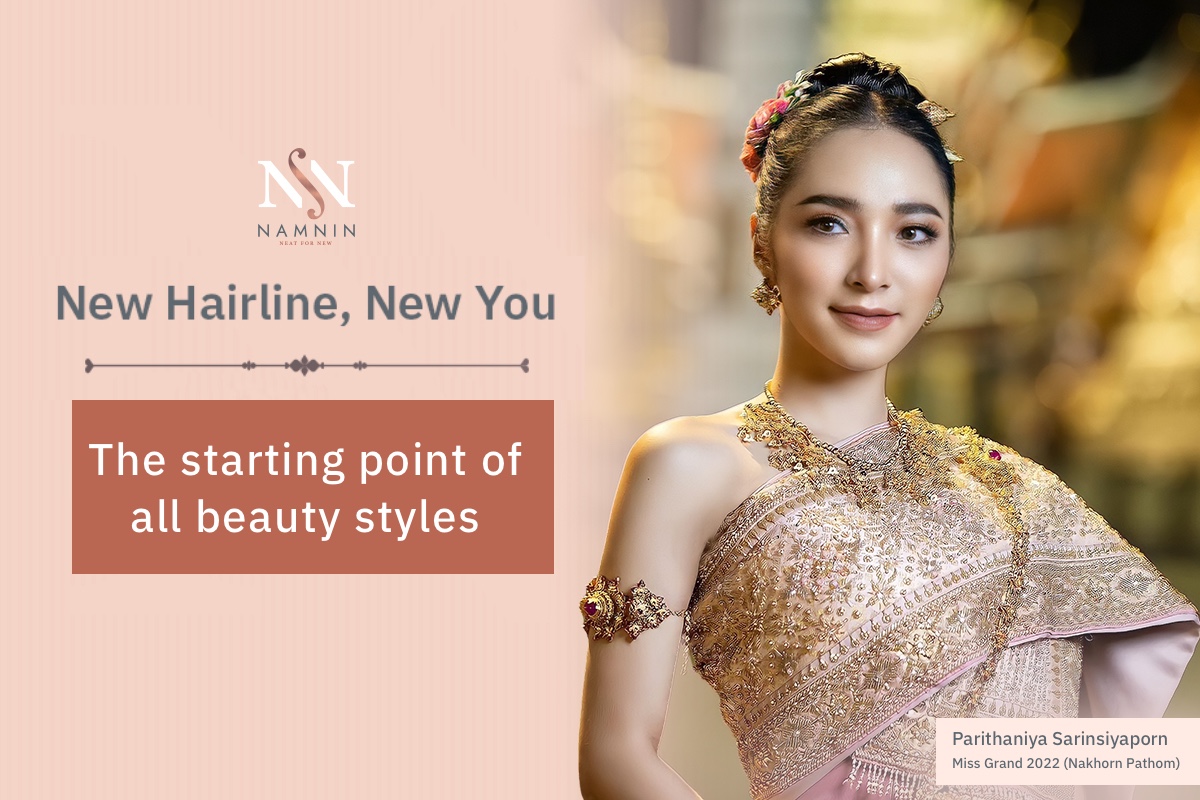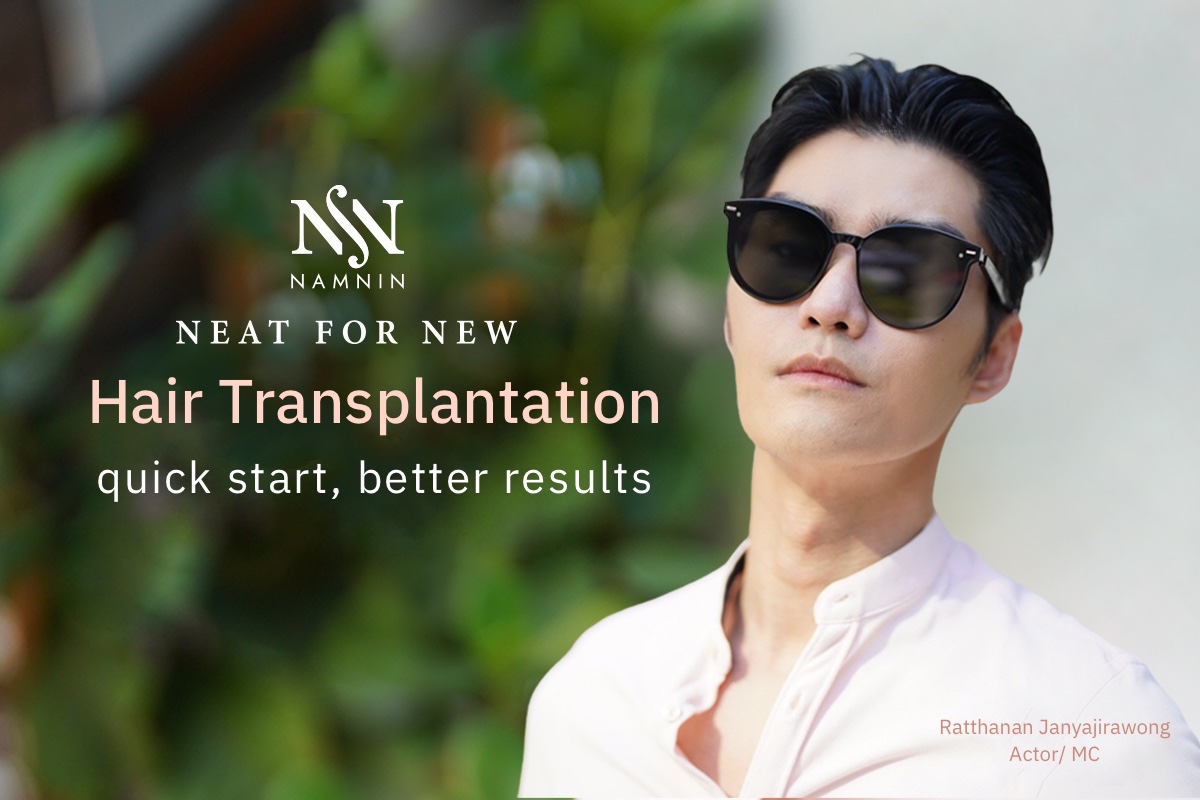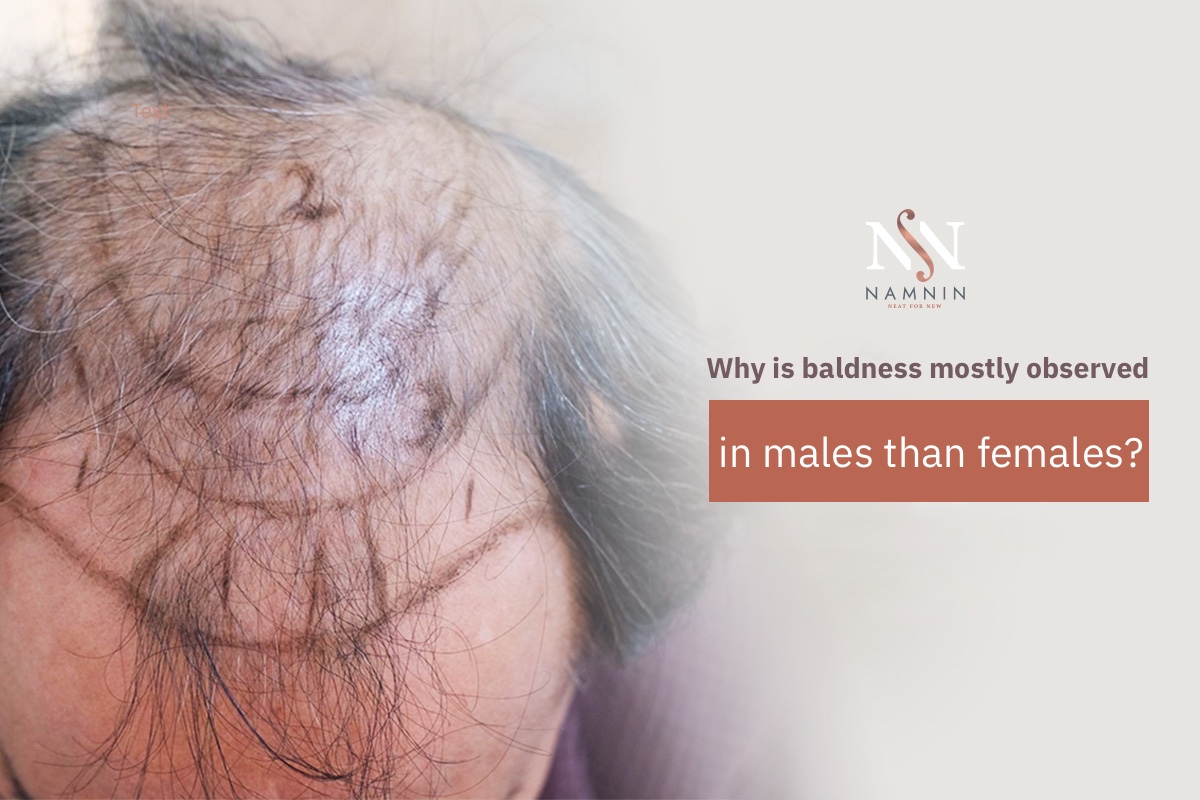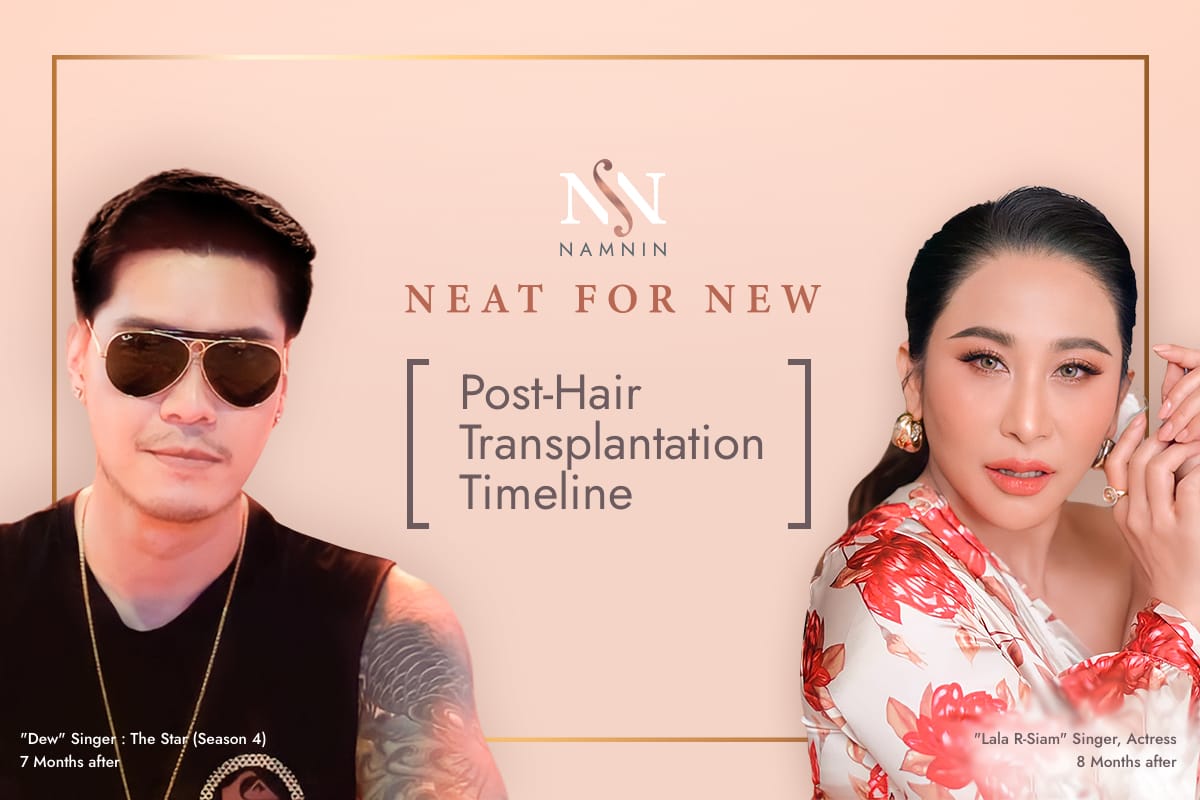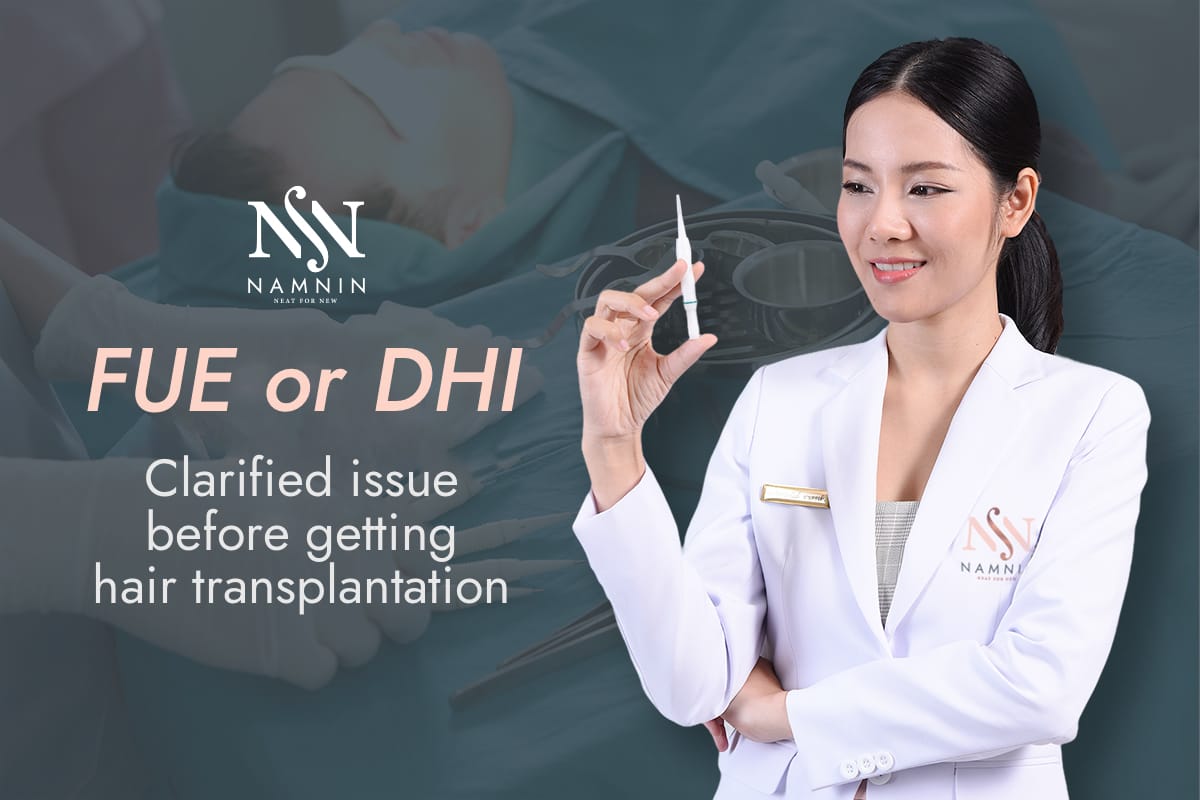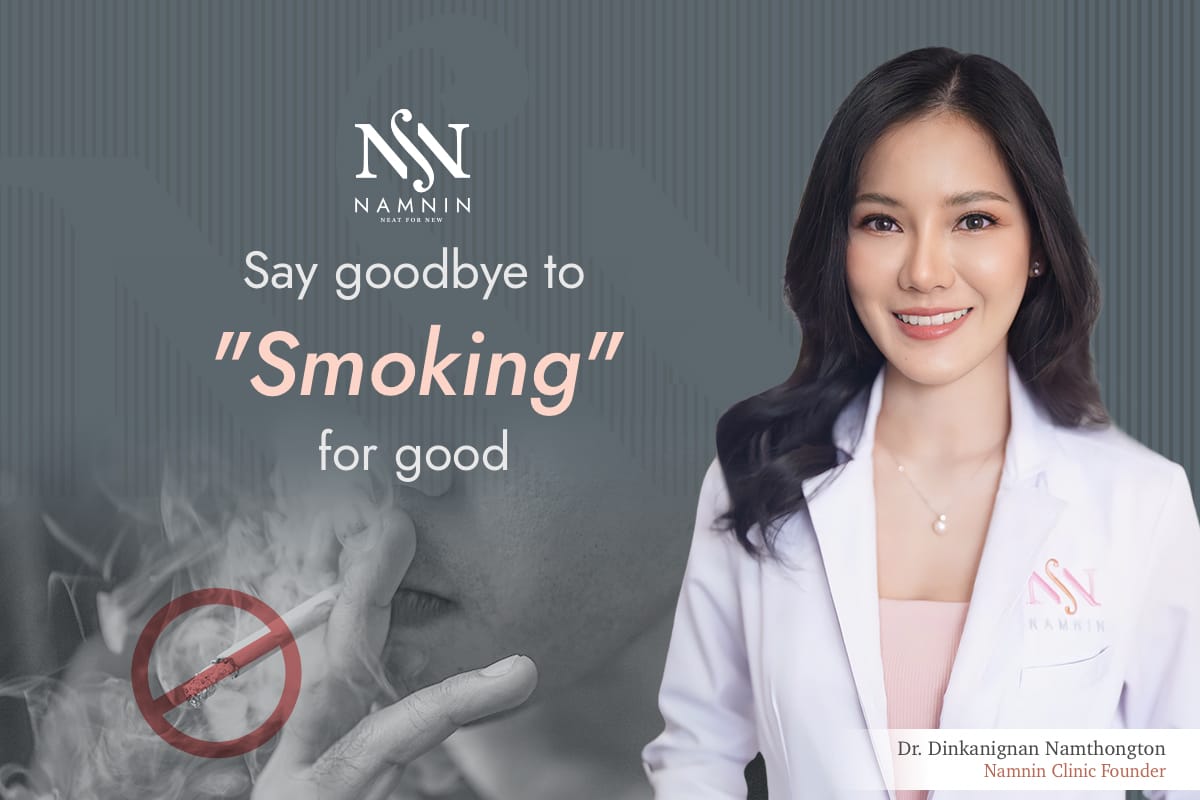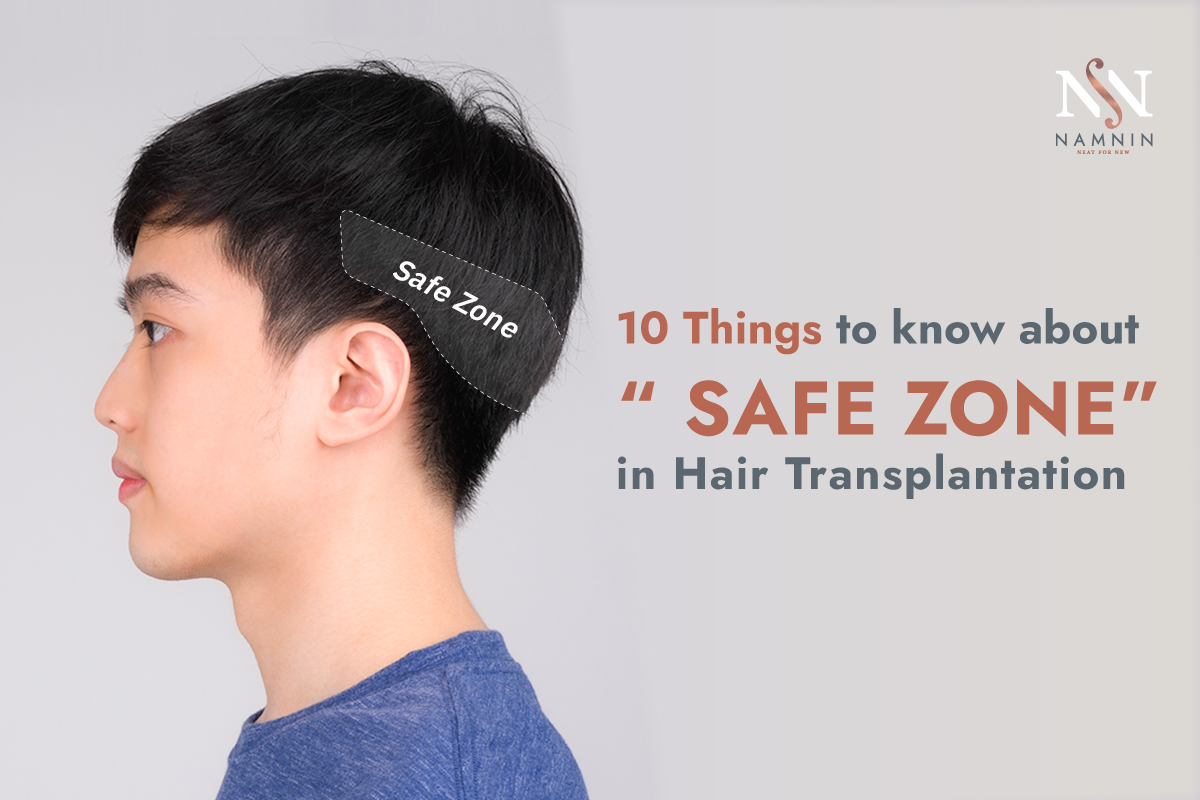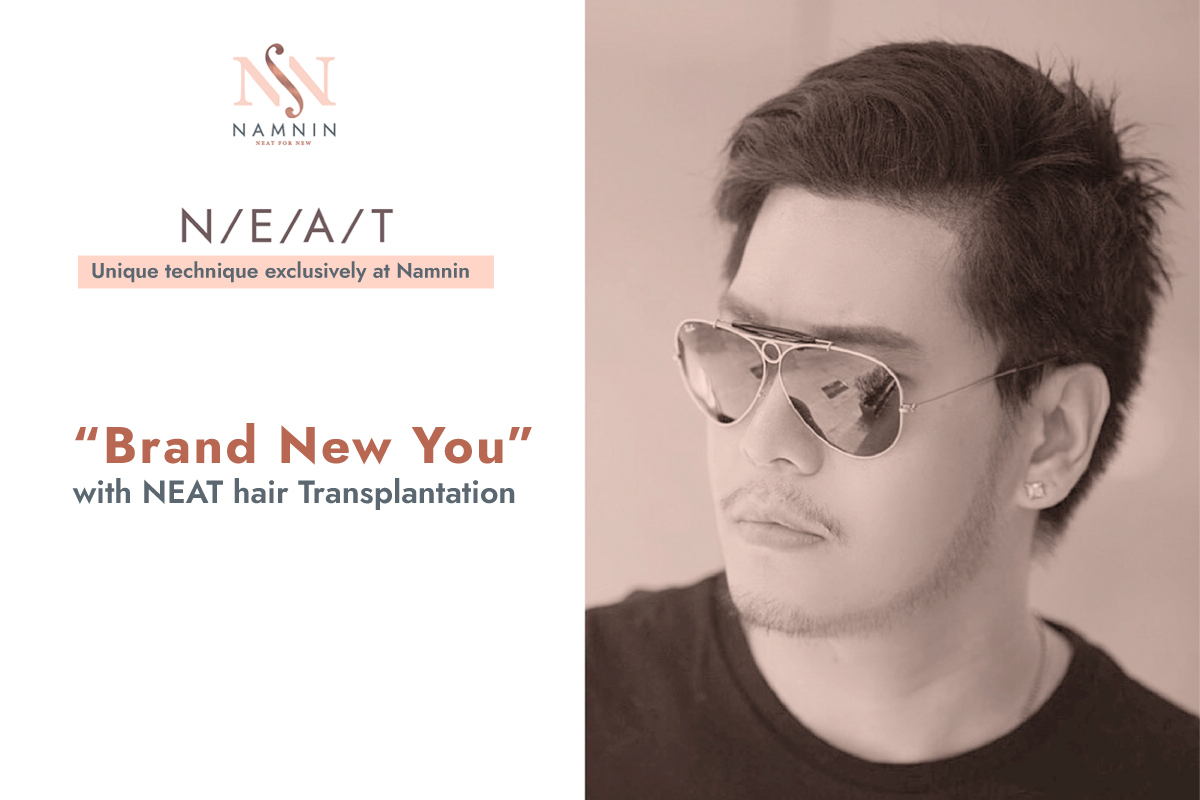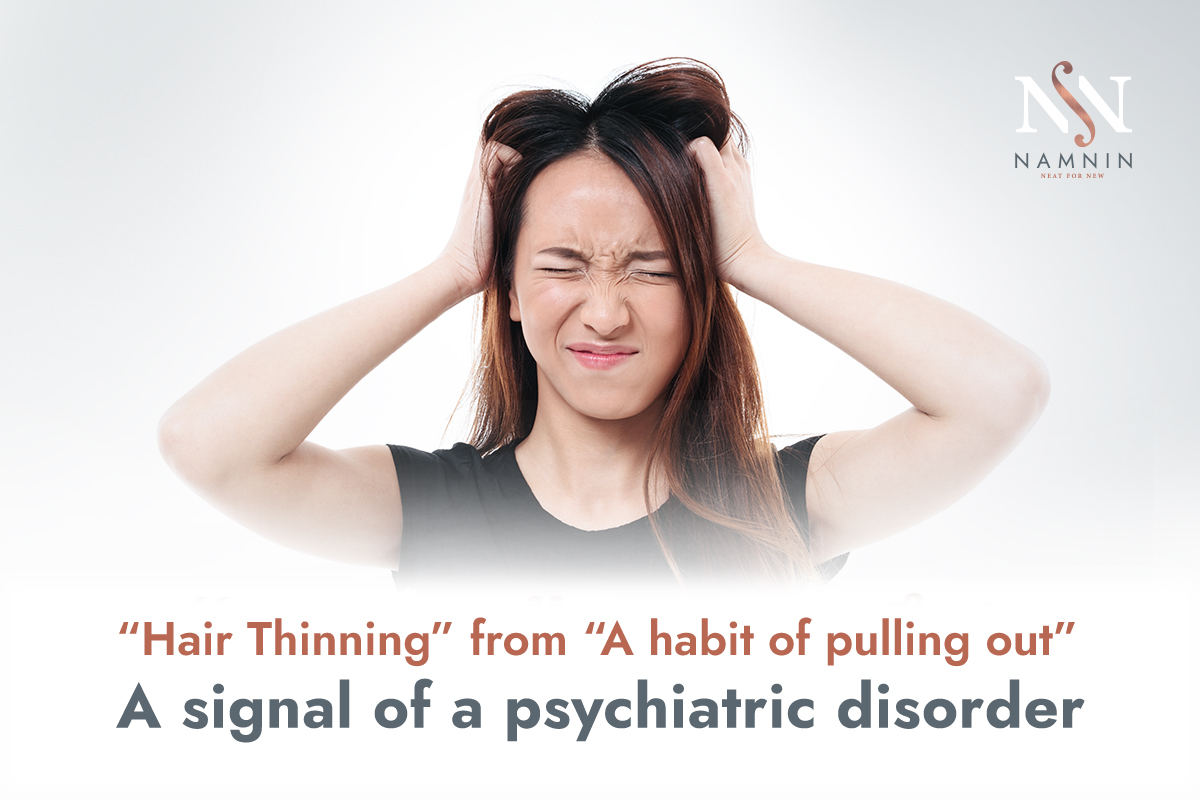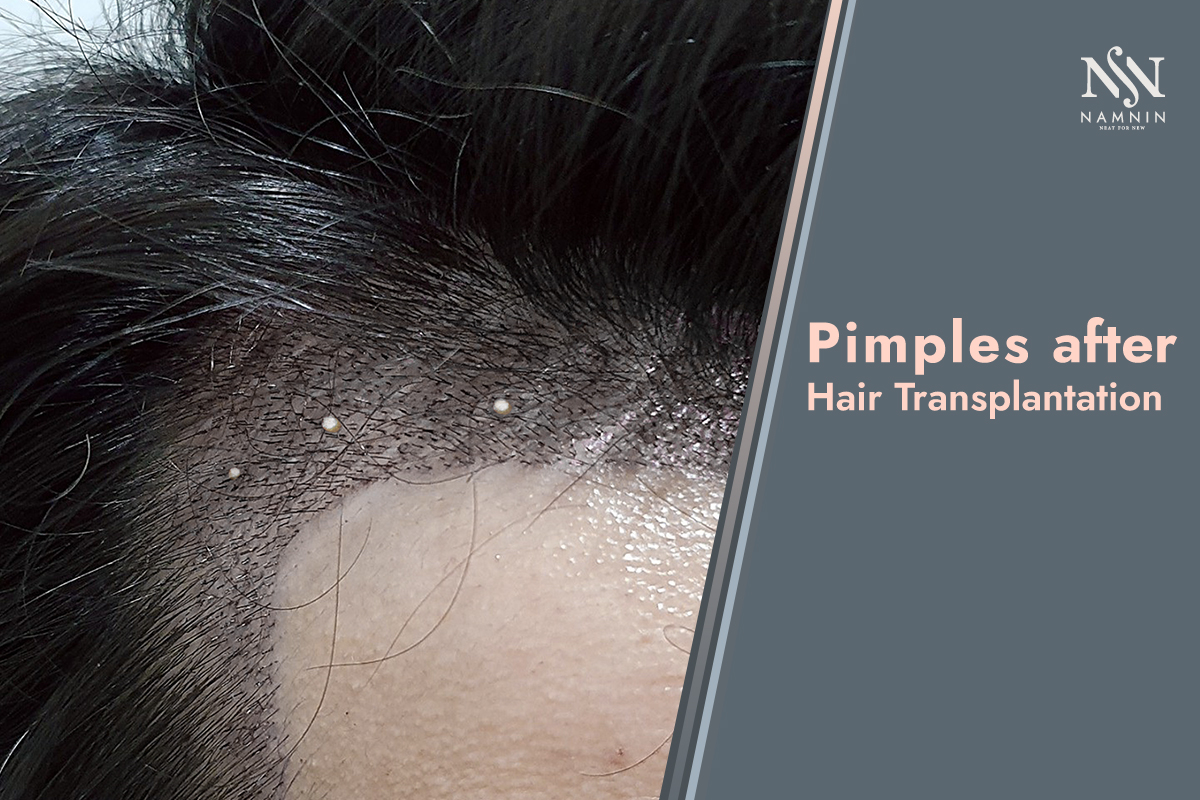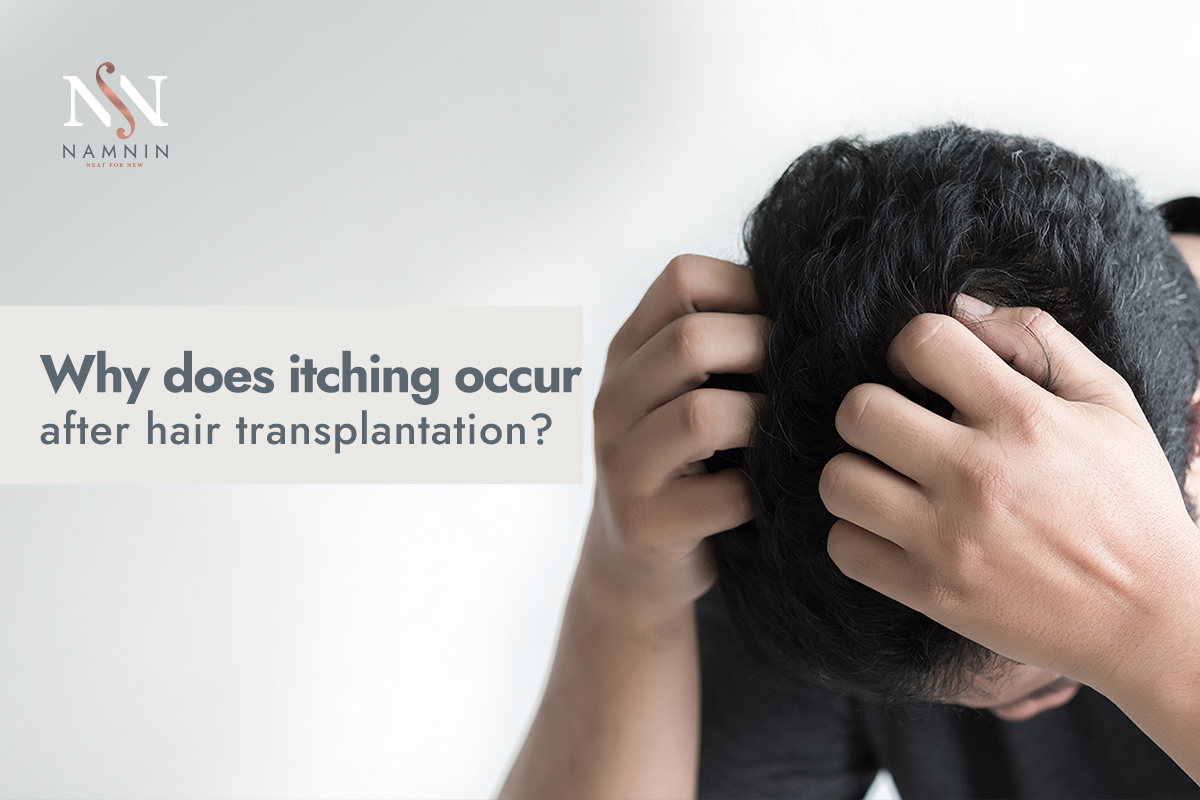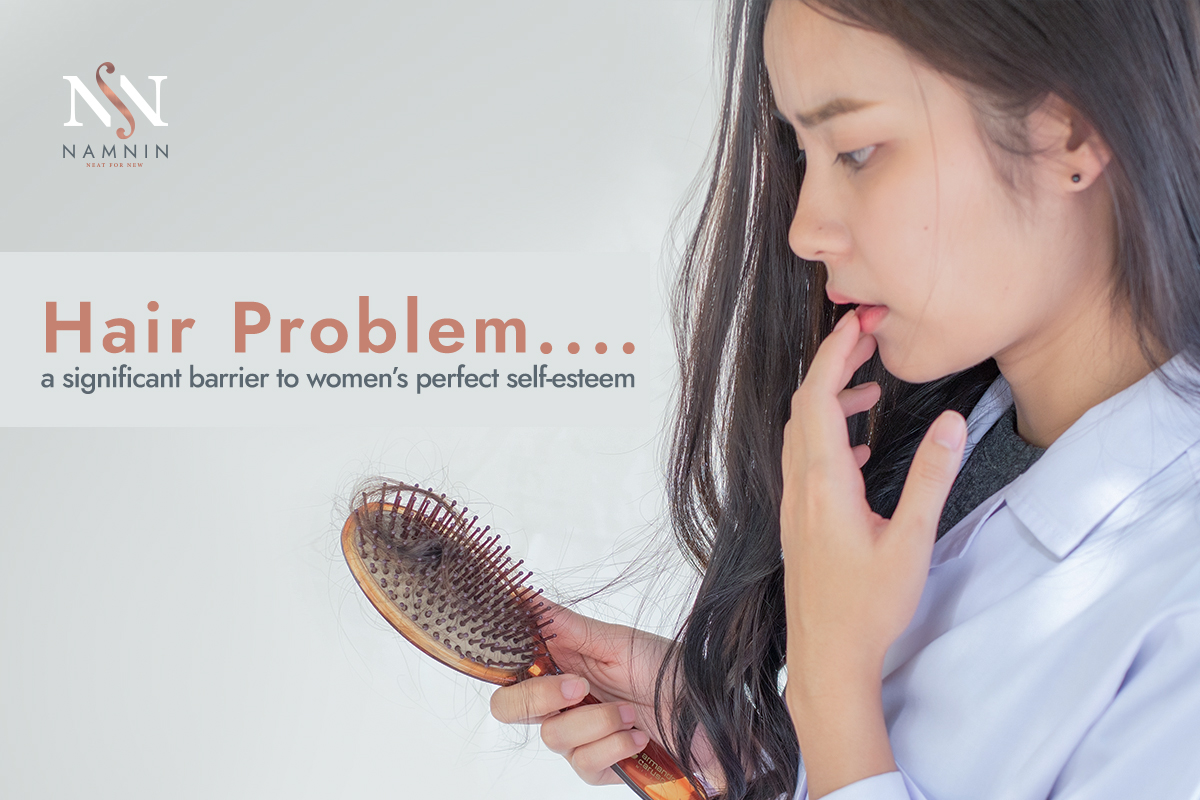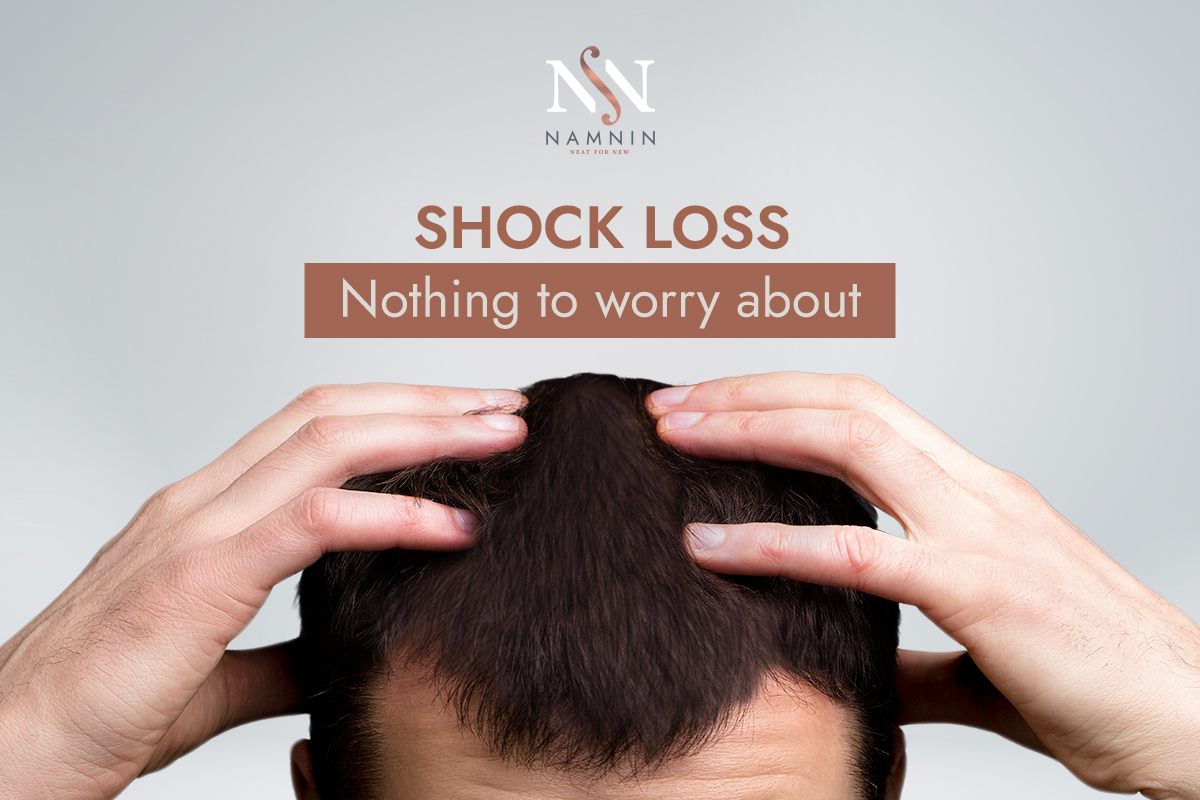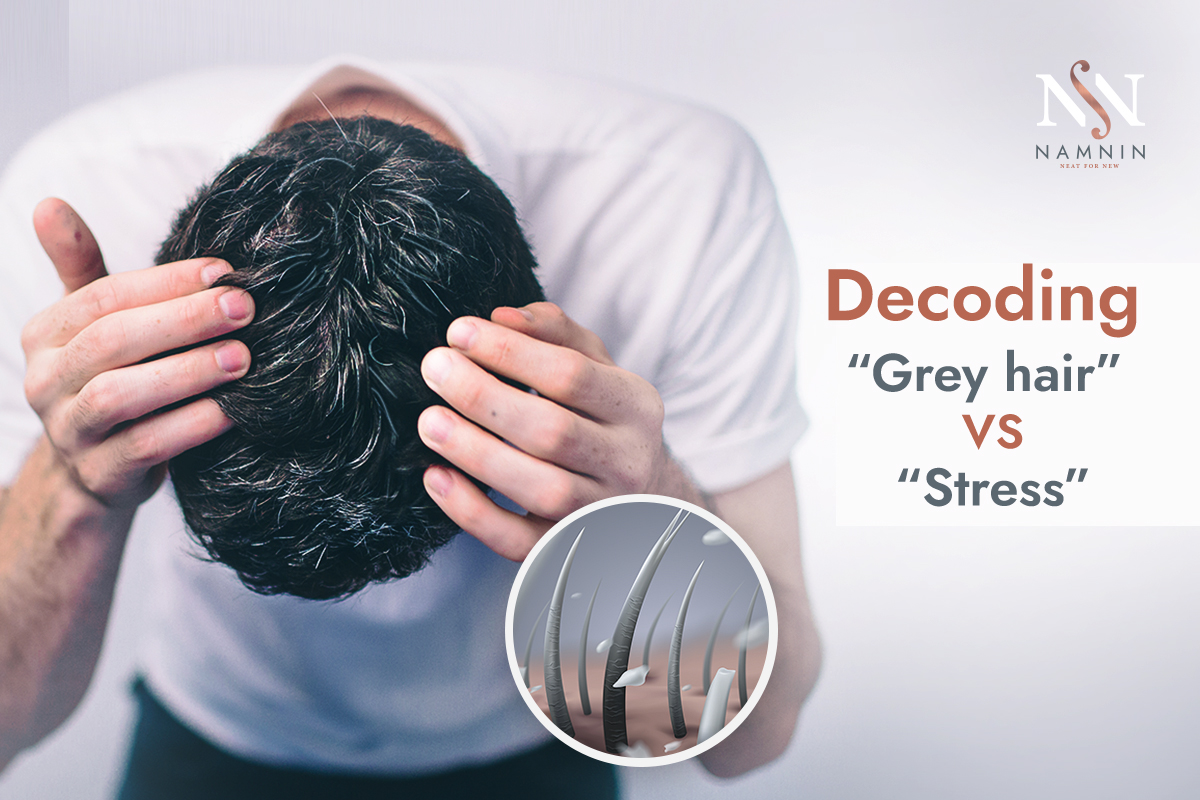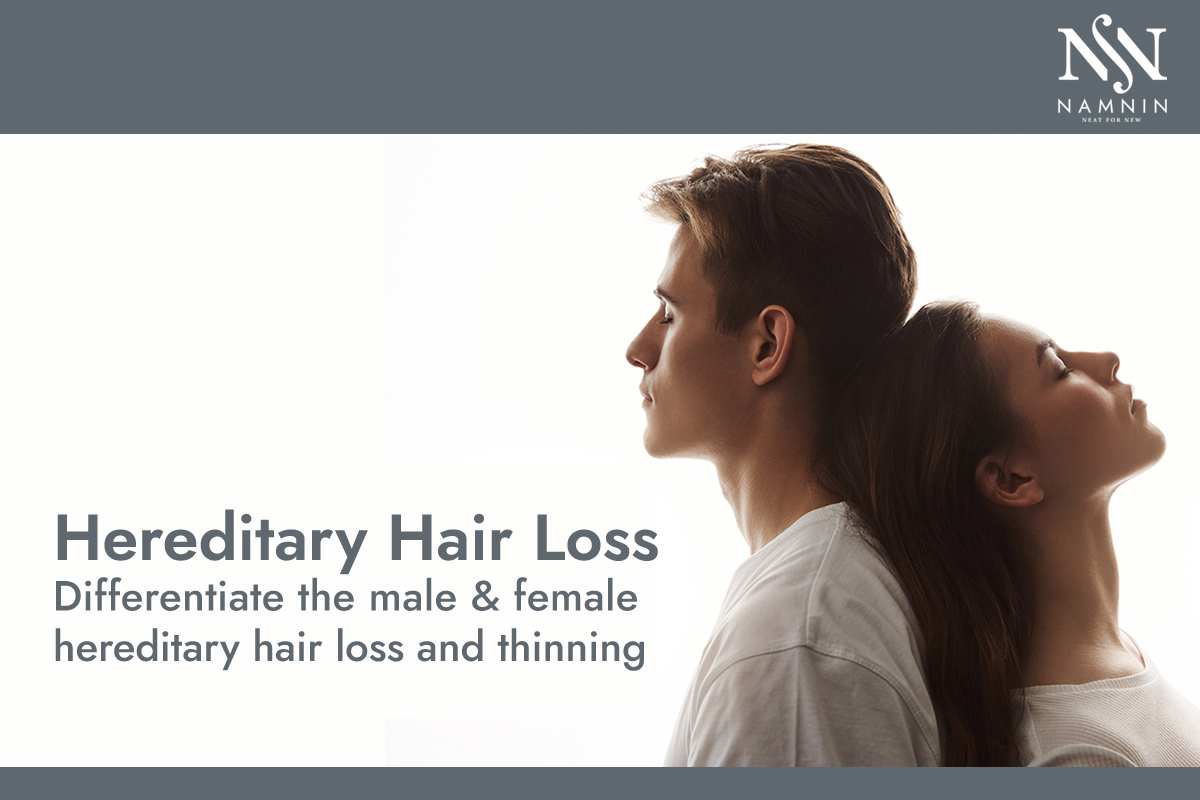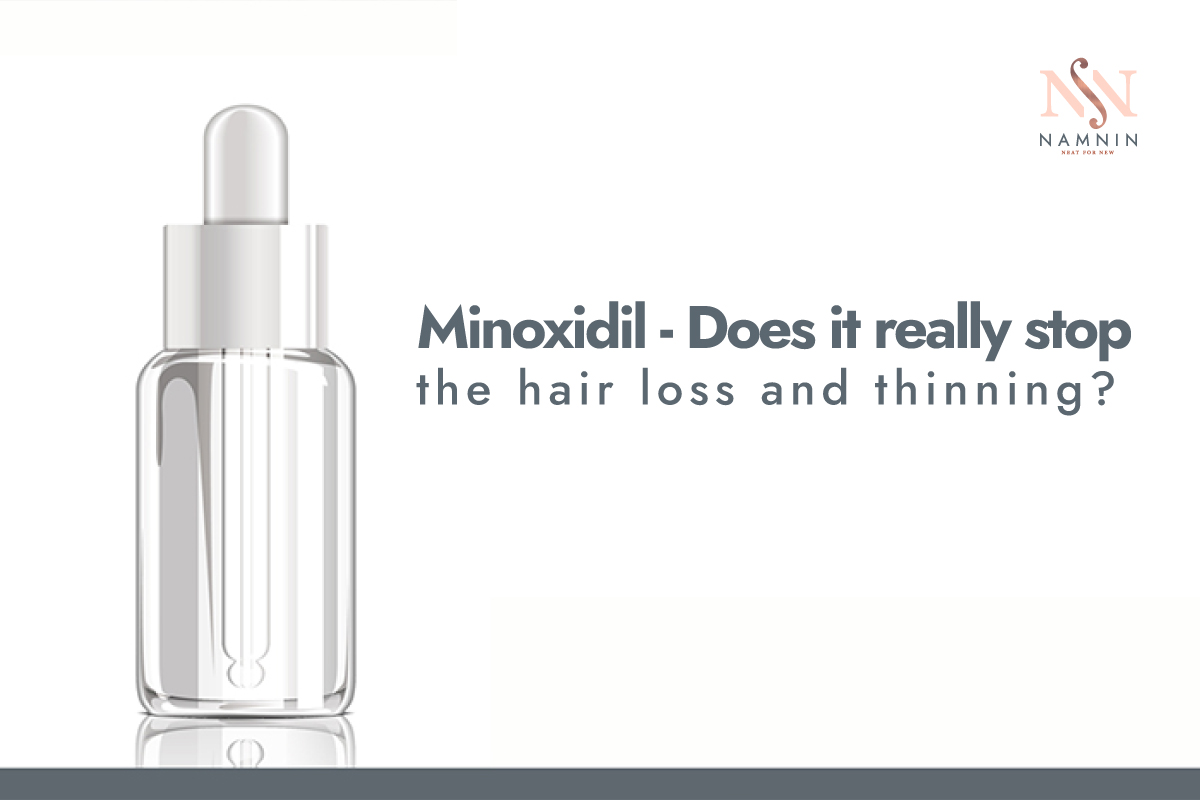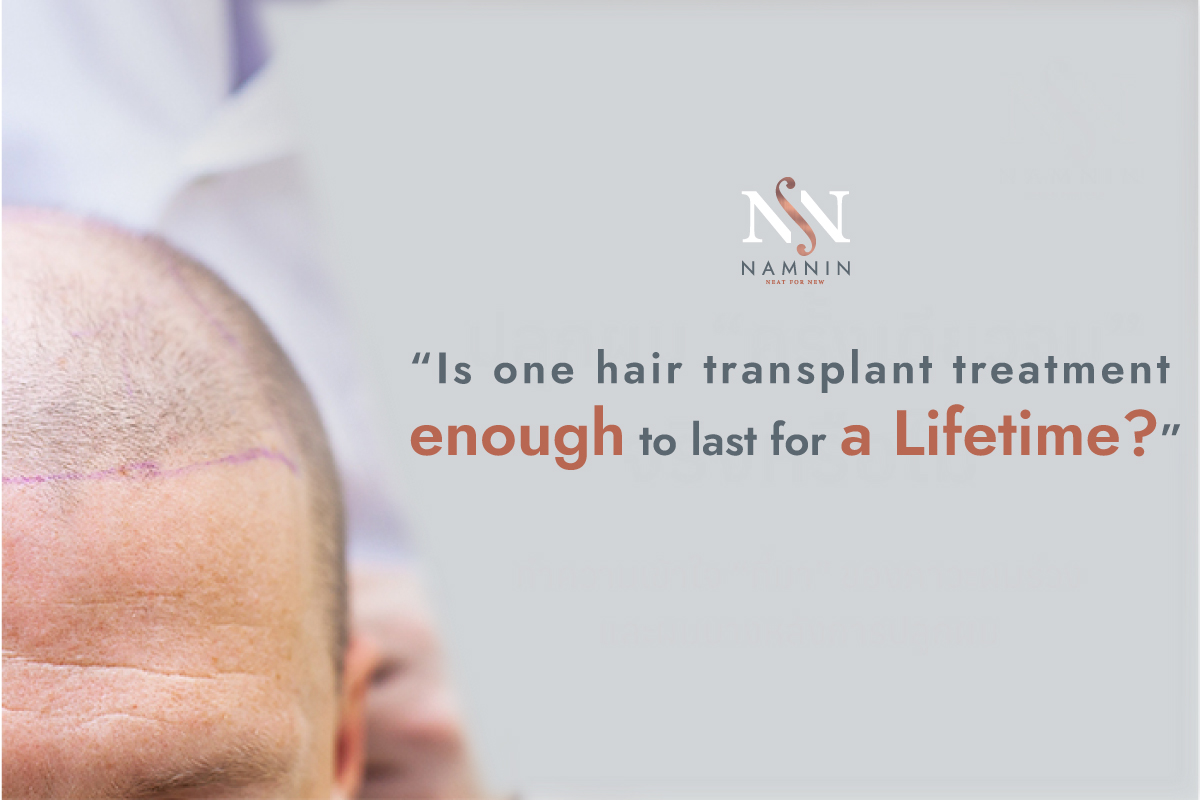Have you ever noticed that after swimming for a long time, when you touch your hair, it feels dry and rough instead of soft and smooth? Many of you might already know that the main culprit damaging your hair is the chlorine in the pool.
Chlorine is a chemical that is very close to all of us. During the process of producing tap water for bathing, washing, and even drinking, chlorine is used to disinfect and kill germs. The chlorine levels in tap water are carefully controlled to ensure they are safe for consumption and daily use.
Similarly, chlorine plays a vital role in swimming pools to disinfect the water. Pools are large, frequently used spaces, making them difficult to maintain. Chlorine is a powerful inorganic compound that effectively kills germs, including bacteria and viruses. It is also relatively safe and breaks down quickly in nature.
However, the decomposition of chlorine takes time, depending on its concentration in the water. Thus, when we swim, it’s inevitable that we come into contact with high levels of chlorine.
Is Chlorine the Villain That Damages Hair?
Let’s dive deeper into how chlorine harms our hair. Chlorine is effective at killing germs because the cell walls of germs contain proteins. Chlorine reacts with these proteins, penetrating the cell wall and destroying the enzymes within, killing the germs.
If you understand the structure of human hair, it’s easy to see how chlorine can damage it. The main component of hair is protein, specifically a fibrous protein called keratin. When keratin fibers are strong and intact, they protect the hair, keeping it smooth, soft, and healthy while preventing breakage or split ends.
When hair comes into contact with chlorine, the protein structure in the hair is damaged. This is even more pronounced if you swim under intense sunlight, as UV rays open the hair cuticle, allowing chlorine to penetrate the hair shaft more easily. Additionally, heat from the sun and the pH levels in water can react with chlorine, intensifying its damaging effects on hair.
As a result, hair exposed to chlorine becomes dry, rough, and brittle. The structure of the hair weakens, and if you’ve dyed your hair, you might notice that the color fades. Chlorine also strips away natural oils that protect the scalp and hair, leaving your hair dry, frizzy, and lacking moisture.
Protecting and Restoring Chlorine-Damaged Hair
Even though chlorine in pools can harm hair, there’s no need to give up your favorite summer activities or water sports. Here are some tips to protect your hair from chlorine:
- Use hair-coating products or conditioners to prevent chlorine from directly damaging your hair.
- Wear a swim cap. It’s an effective way to protect your hair from direct contact with chlorine.
- Avoid swimming during midday to reduce exposure to intense UV rays that can open the hair cuticle, allowing chlorine to penetrate deeper.
- Rinse and wash your hair immediately after swimming to remove chlorine residue. Opt for gentle, chemical-free shampoos to preserve your hair’s health.
- Strengthen your hair from within by consuming protein-rich foods, vitamins, and essential minerals to help your hair withstand chemical exposure and environmental pollutants.
Namnin Hair Identify: The First Step to Healthy Hair
For those looking for a reliable solution to restore and strengthen damaged hair, Namnin introduces the first step that many people overlook: analyzing your hair to truly understand its condition, leading to targeted care in the next steps.
Namnin Hair Identify is a hair and scalp analysis program powered by AI, offering advanced diagnostic capabilities and treatment tracking. With its intelligent features, the AI system performs in-depth analysis, including evaluating hair density, measuring pore size, and inspecting scalp conditions in detail. It also identifies various issues, such as oiliness, dryness, dandruff, or inflammation.
The standout feature of Namnin Hair Identify is its high-magnification camera, which provides microscopic-level detail. Working alongside AI, it processes data quickly, delivering real-time reports in an easy-to-understand format. This helps doctors explain the results and provide personalized consultations promptly, leading to more tailored and effective treatment plans.
The system can also monitor changes in hair and scalp over time, allowing for clear before-and-after comparisons and adjustments to treatment plans to ensure the best outcomes.
For those struggling with dry and damaged hair due to chlorine or other chemicals, Namnin recommends the PHB program. This treatment is convenient and delivers noticeable results from the first session.
The process begins with Low-Level Laser Therapy (LLLT) on the scalp to improve blood circulation, followed by nutrient-rich injections to stimulate hair roots, restore strength, and reduce hair loss. PHB also promotes new hair growth, increasing thickness and density. The session takes about 40–60 minutes, with no downtime required, allowing you to resume your daily activities immediately.
By understanding how to protect, restore, and prepare your hair for potential damage, anyone can continue enjoying their favorite activities without compromise.
